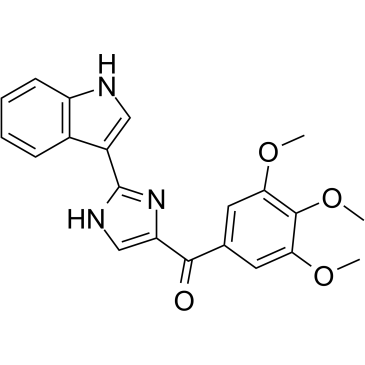Microtubule/Tubulin
Microtubule is the cylindrical and filamentous structure that required for cell shape, migration, cilia and flagella mobility etc. Tubulin is the major component of microtubules.
Products for Microtubule/Tubulin
- Cat.No. Product Name Information
-
GC41520
Lachnone A
Lachnone A is a chromone fungal metabolite originally isolated from Lachnum.

-
GC41272
Lateropyrone
Lateropyrone is a fungal metabolite produced by Fusarium species.

-
GC50052
Laulimalide
Microtubule stabilzing agent
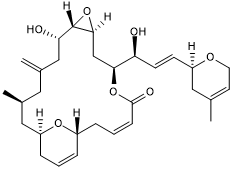
-
GC50214
LCB 03-0110 dihydrochloride
Potent c-SRC kinase inhibitor; also inhibits DDR2, BTK and Syk
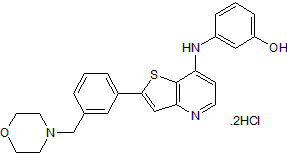
-
GC33175
Lexibulin dihydrochloride (CYT-997 dihydrochloride)
Lexibulin dihydrochloride (CYT-997 dihydrochloride) (CYT-997 dihydrochloride) is a potent and orally active tubulin polymerisation inhibitor with IC50s of 10-100 nM in cancer cell lines; with potent cytotoxic and vascular disrupting activity in vitro and in vivo. Lexibulin dihydrochloride (CYT-997 dihydrochloride) induces cell apoptosis and induces mitochondrial ROS generation in GC cells.
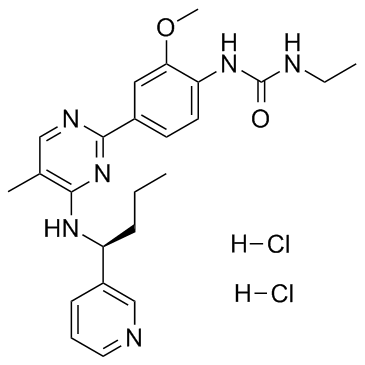
-
GC61400
MAP4343
MAP4343 is the 3-methylether derivative of Pregnenolone.
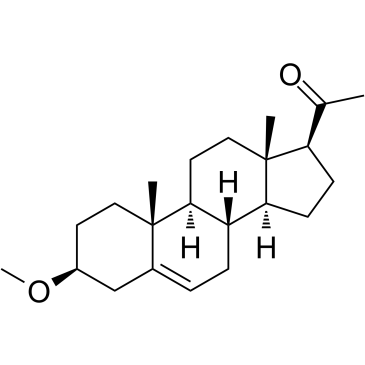
-
GC62205
Maytansine
Maytansine is a highly potent microtubule-targeted compound that induces mitotic arrest and kills tumor cells at subnanomolar concentrations.
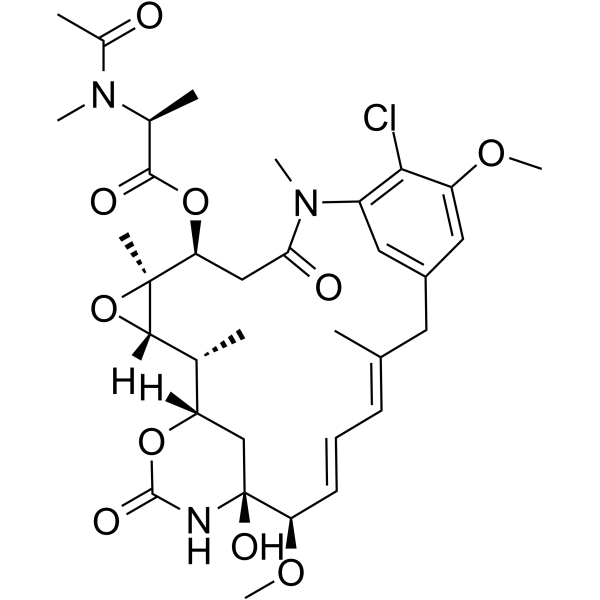
-
GC32895
Maytansinol (Ansamitocin P-0)
Maytansinol (Ansamitocin P-0) inhibits microtubule assembly and induces microtubule disassembly in vitro.
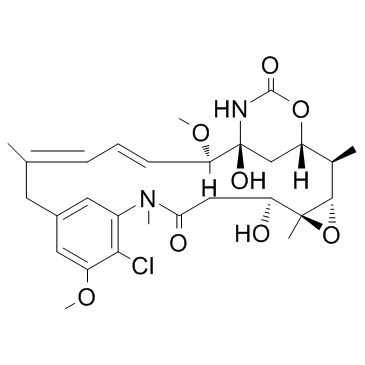
-
GC36560
Mc-MMAD
Mc-MMAD is a protective group (maleimidocaproyl)-conjugated MMAD. MMAD is a potent tubulin inhibitor. Mc-MMAD is a drug-linker conjugate for ADC.
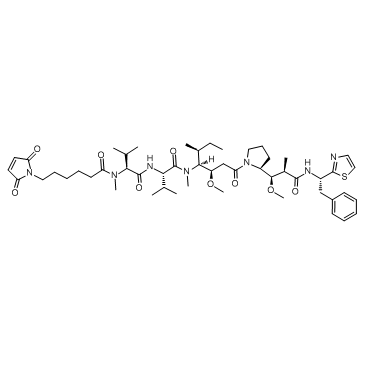
-
GC36561
Mc-MMAE
Mc-MMAE is a protective group (maleimidocaproyl)-conjugated monomethyl auristatin E (MMAE), which is a potent tubulin inhibitor. Mc-MMAE is a drug-linker conjugate for ADC.
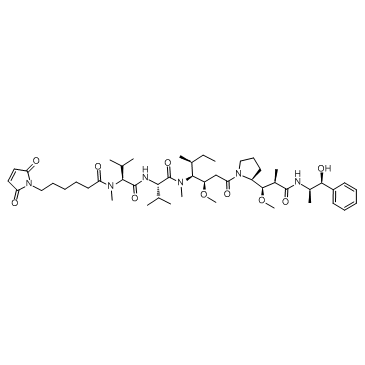
-
GC34068
McMMAF (Maleimidocaproyl monomethylauristatin F)
McMMAF (Maleimidocaproyl monomethylauristatin F) is a protective group-conjugated MMAF. MMAF is a potent tubulin polymerization inhibitor.
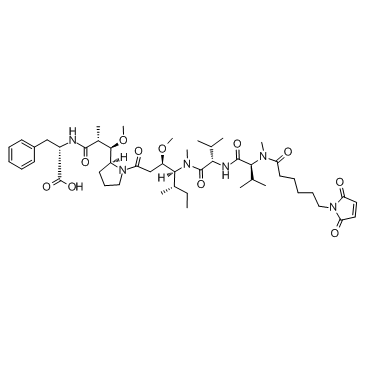
-
GC17649
Mebendazole
broad-spectrum anthelmintic that inhibits intestinal microtubule synthesis
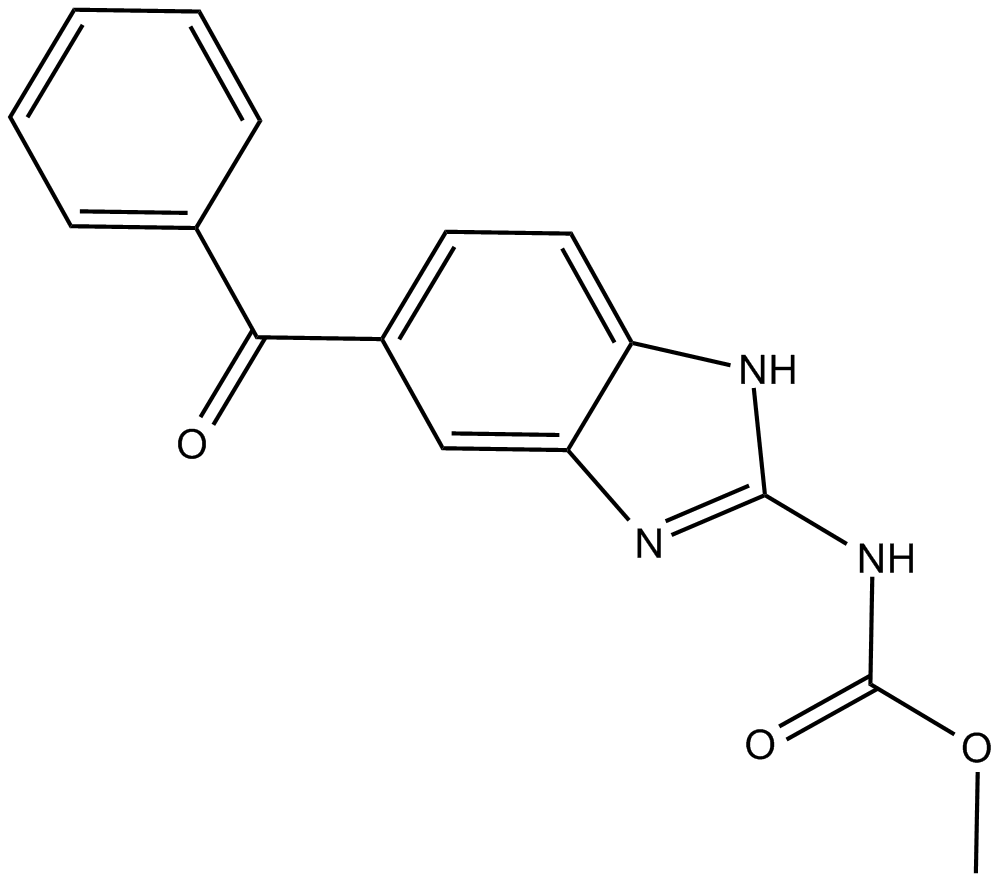
-
GC19244
Mertansine
Mertansine (DM1) is a microtubulin inhibitor which binds at the tips of microtubules and suppresses the dynamicity of microtubules..
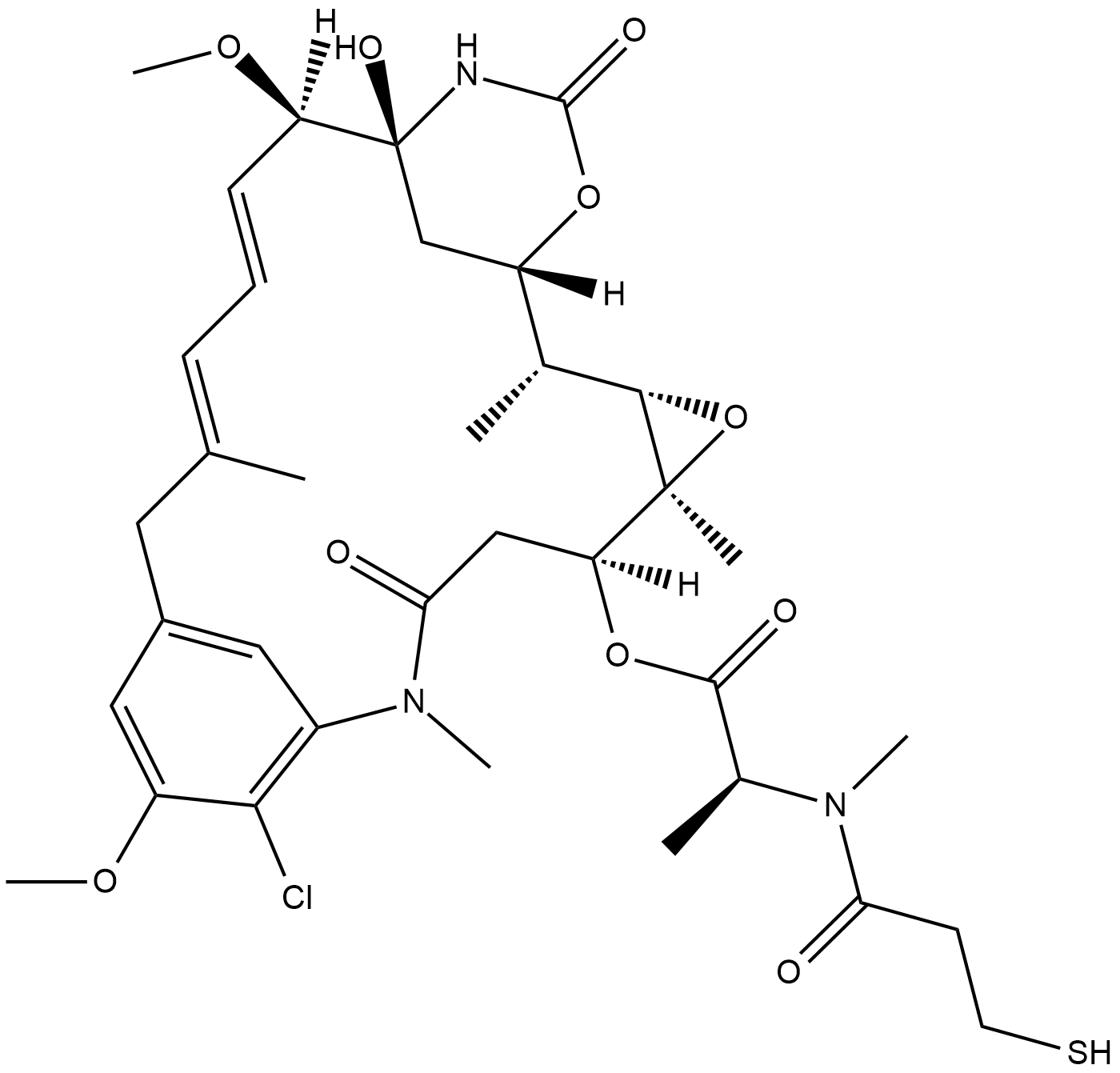
-
GC36608
Microtubule inhibitor 1
Microtubule inhibitor 1 is an antitumor agent with microtubule polymerization inhibitory activity, with an IC50 value of 9-16 nM in cancer cells.
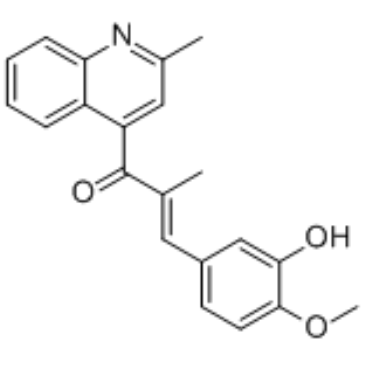
-
GC65143
MKC-1
MKC-1 (Ro-31-7453) is an orally active and potent cell cycle inhibitor with broad antitumor activity. MKC-1 inhibits the Akt/mTOR pathway. MKC-1 arrests cellular mitosis and induces cell apoptosis by binding to a number of different cellular proteins including tubulin and members of the importin β family.
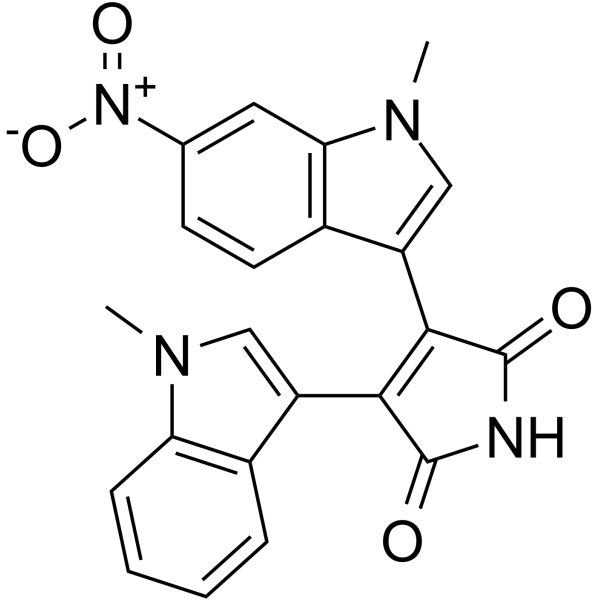
-
GC15798
MMAD
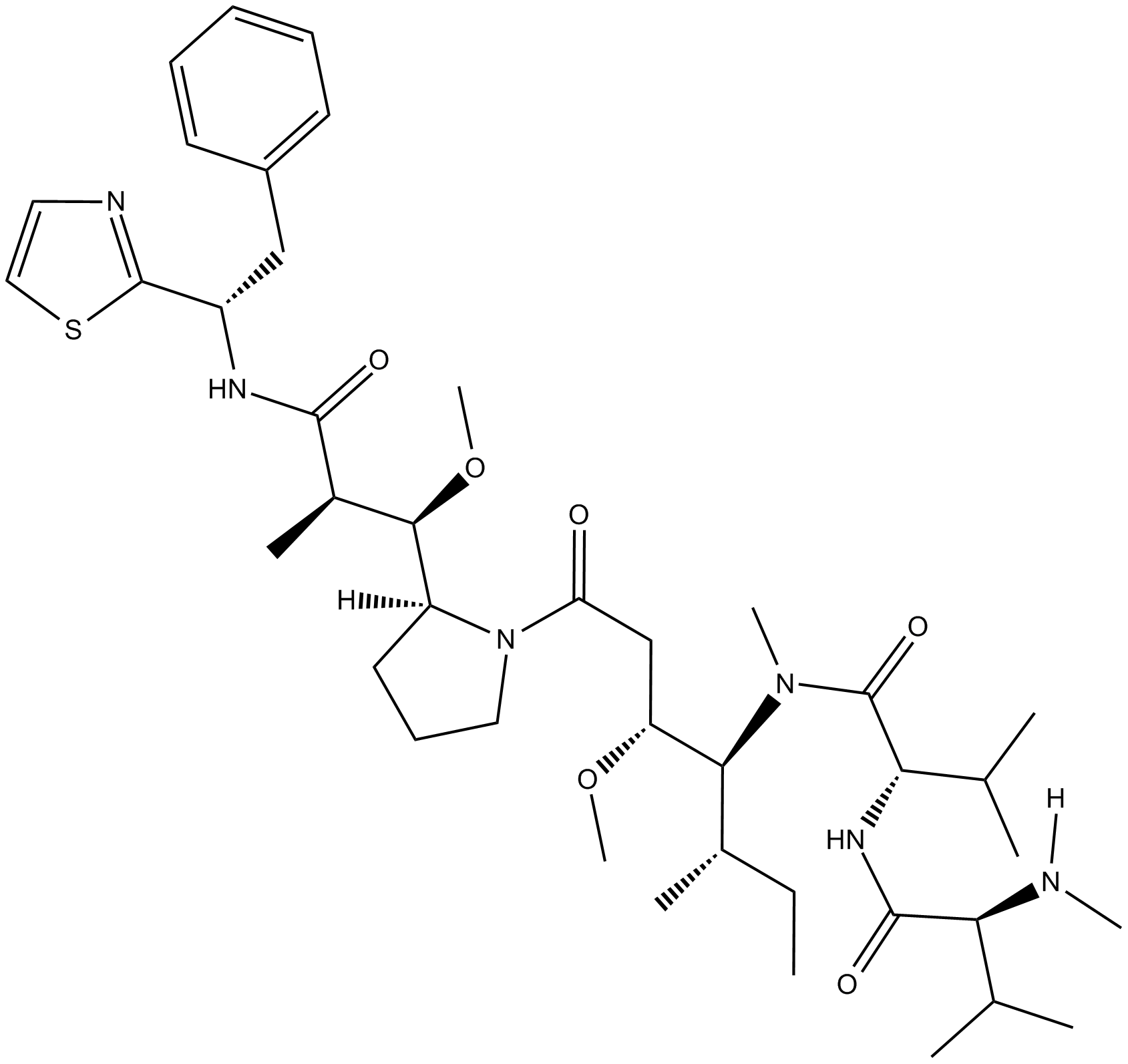
-
GC63461
MMAE-d8
MMAE-d8 (Monomethyl auristatin E-d8) is a deuterated labeled MMAE, a potent mitotic inhibitor and a tubulin inhibitor.
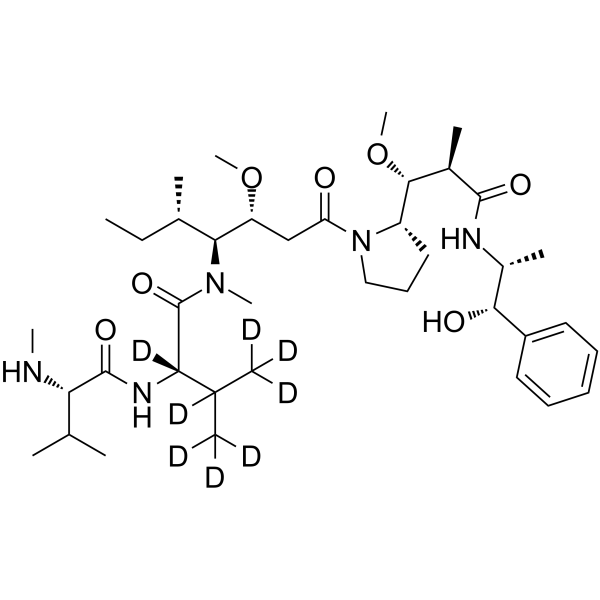
-
GC10034
MMAF
Anti-mitotic/anti-tubulin/antineoplastic agent
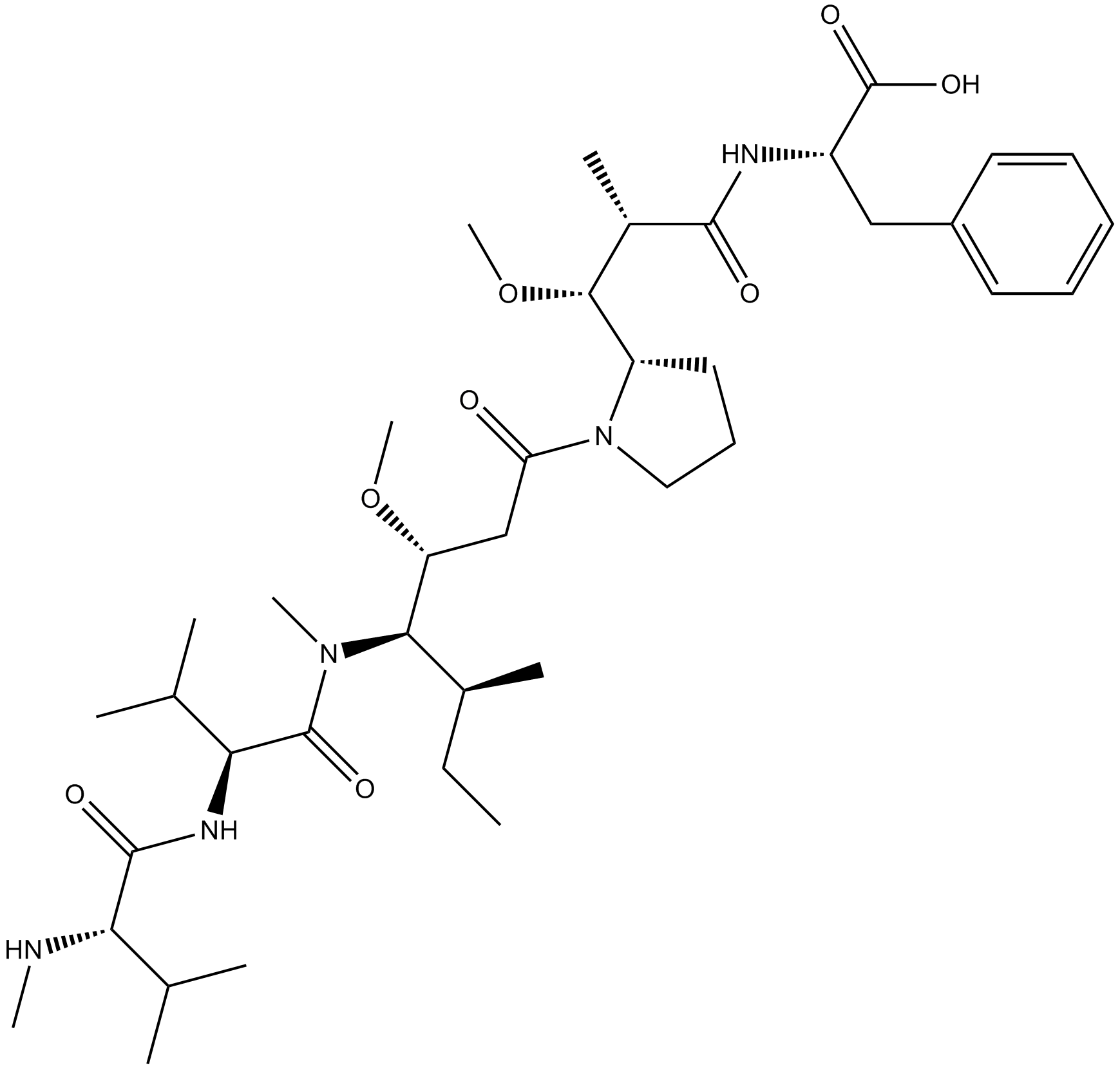
-
GC36633
MMAF Hydrochloride
MMAF (Monomethylauristatin F) hydrochloride is a potent tubulin polymerization inhibitor and is used as a antitumor agent. MMAF hydrochloride is widely used as a cytotoxic component of antibody-drug conjugates (ADCs) such as Vorsetuzumab mafodotin and SGN-CD19A.
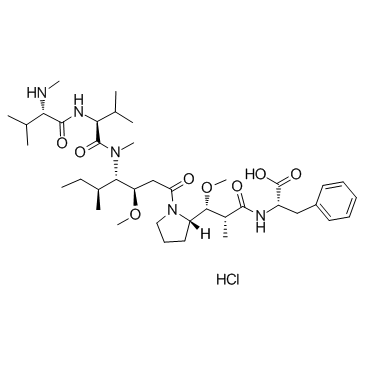
-
GC38397
MMAF sodium
MMAF sodium (Monomethylauristatin F sodium) is a potent tubulin polymerization inhibitor and is used as a antitumor agent. MMAF sodium (Monomethylauristatin F sodium) is widely used as a cytotoxic component of antibody-drug conjugates (ADCs) such as Vorsetuzumab mafodotin and SGN-CD19A.
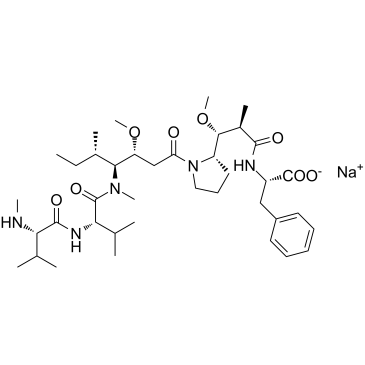
-
GC63774
MMAF-d8 hydrochloride
D8-MMAF hydrochloride is a deuterated form of MMAF hydrochloride, which is a microtubule disrupting agent.
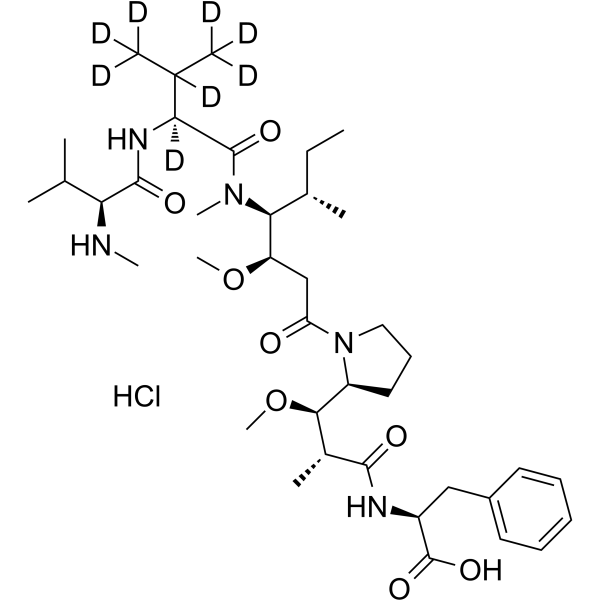
-
GC17276
Monomethyl auristatin E
A potent antimitotic compound
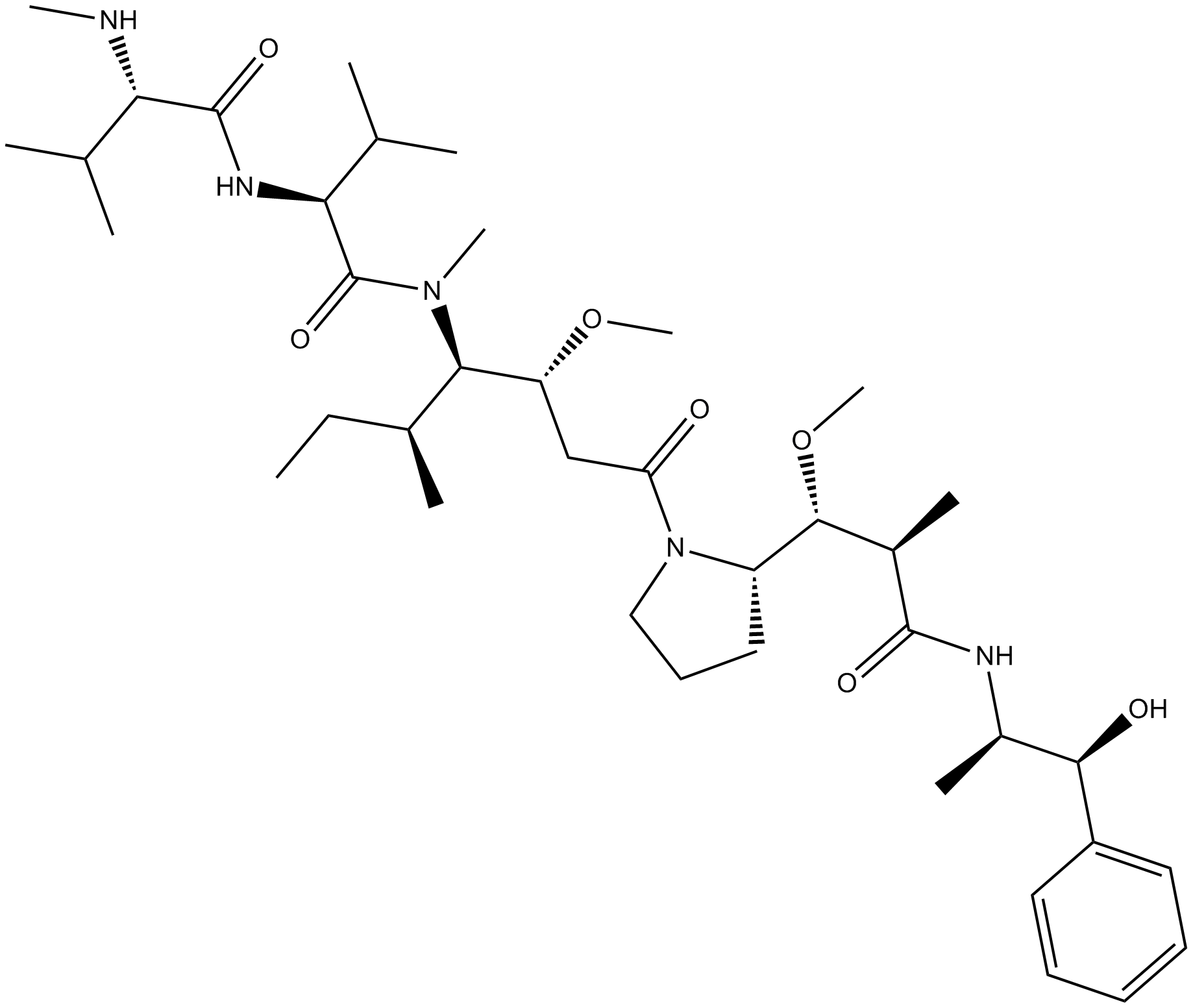
-
GC15285
MPC 6827 hydrochloride
MPC 6827 hydrochloride (MPC-6827 hydrochloride) is a blood brain barrier permeable microtubule-disrupting agent, with potent and broad-spectrum in vitro and in vivo cytotoxic activities. MPC 6827 hydrochloride (MPC-6827 hydrochloride) exhibits potent anticancer activity in human MX-1 breast and other mouse xenograft cancer models. MPC 6827 hydrochloride (MPC 6827 hydrochloride) is a promising candidate for the treatment of multiple cancer types.
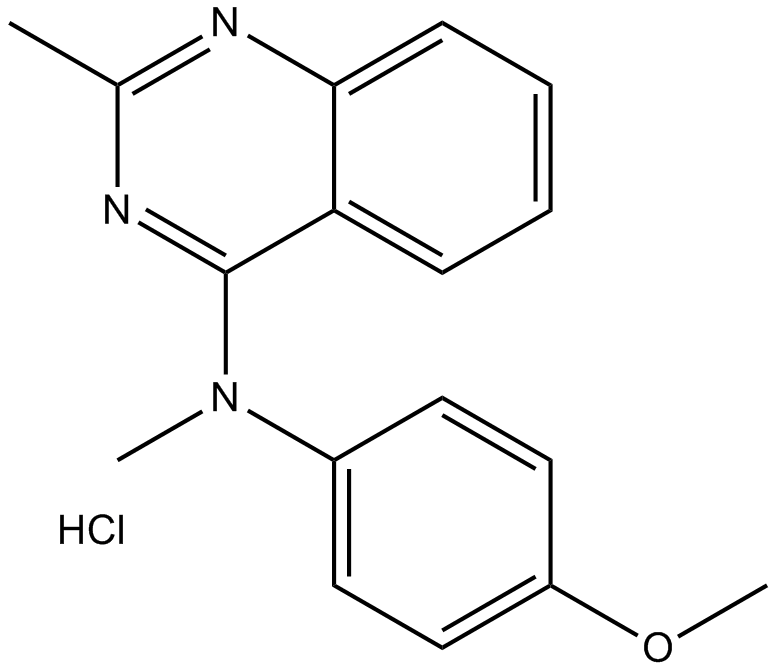
-
GC41564
MPT0B014
An inhibitor of tubulin polymerization

-
GC36652
MPT0B392
MPT0B392, an orally active quinoline derivative, induces c-Jun N-terminal kinase (JNK) activation, leading to apoptosis. MPT0B392 inhibits tubulin polymerization and triggers induction of the mitotic arrest, followed by mitochondrial membrane potential loss and caspases cleavage by activation of JNK and ultimately leads to apoptosis. MPT0B392 is demonstrated to be a novel microtubule-depolymerizing agent and enhances the cytotoxicity of sirolimus in sirolimus-resistant acute leukemic cells and the multidrug resistant cell line.
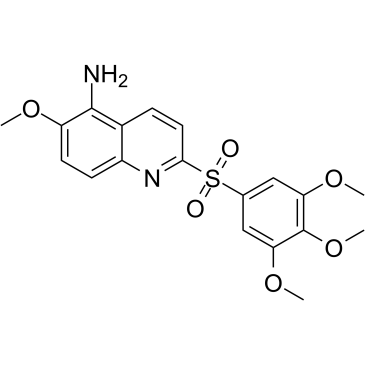
-
GC66457
MY-875
MY-875 is a competitive microtubulin polymerization inhibitor with an IC50 value of 0.92 μM. MY-875 inhibits microtubulin polymerization by targeting colchicine binding sites and activates the Hippo pathway. MY-875 induces apoptosis and has anticancer activity.
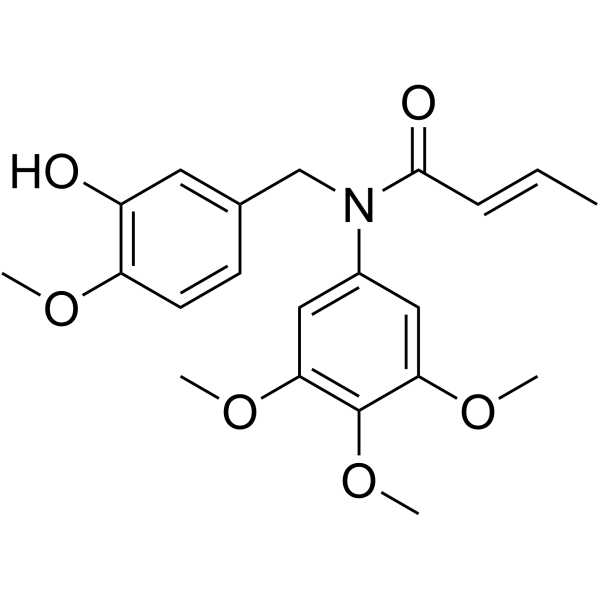
-
GC69516
MY-943
MY-943 is an effective tubulin polymerization and LSD1 inhibitor with anti-cancer activity. MY-943 induces G2/M phase arrest and cell apoptosis, and inhibits cell migration, making it suitable for gastric cancer research.
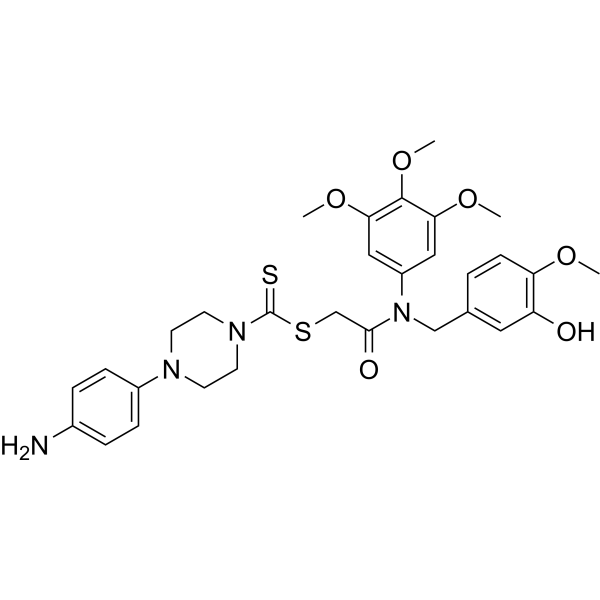
-
GC15773
Myoseverin
microtubule-binding molecule
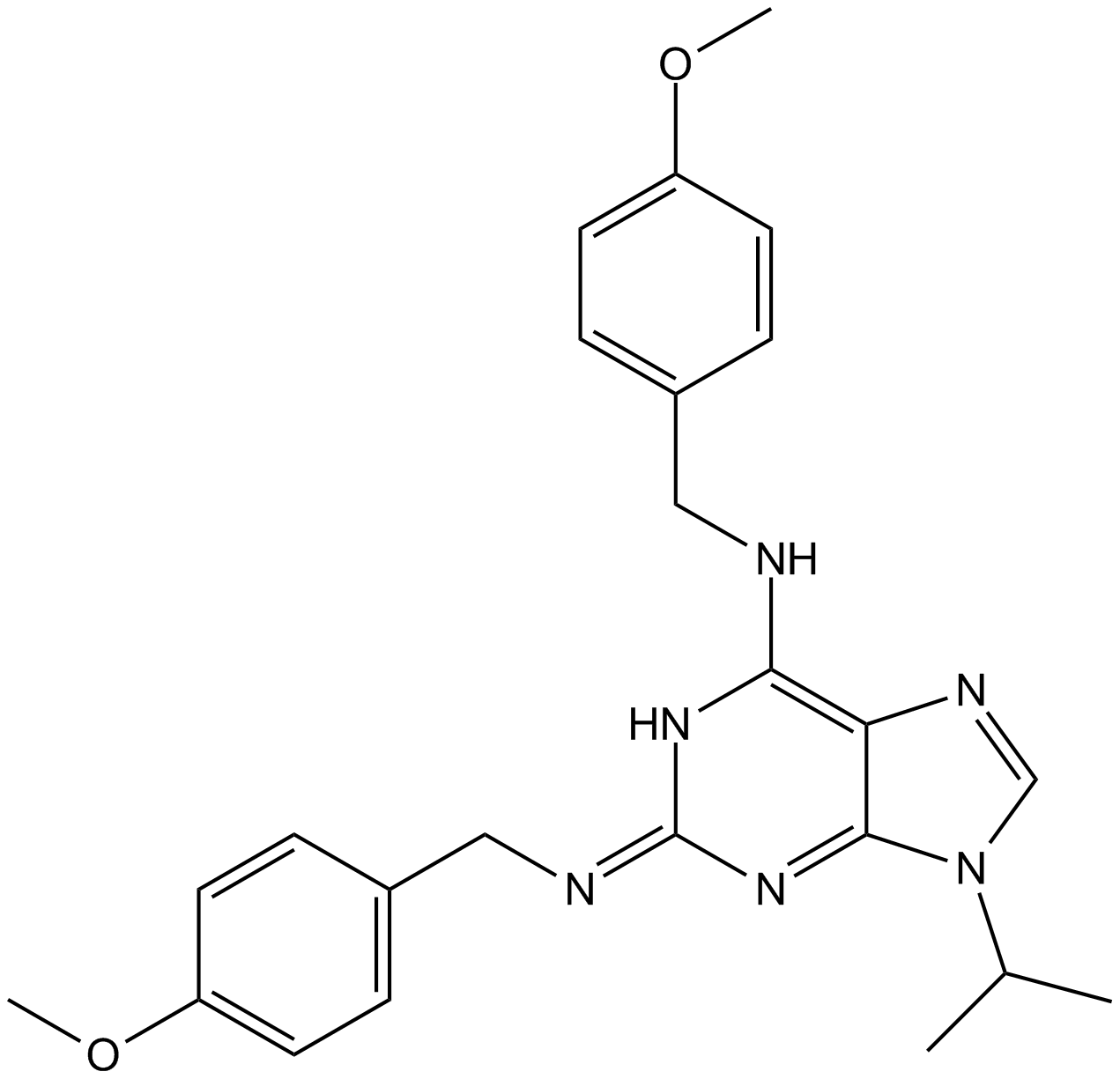
-
GC18445
N-Deacetylcolchicine
An inhibitor of microtubule polymerization
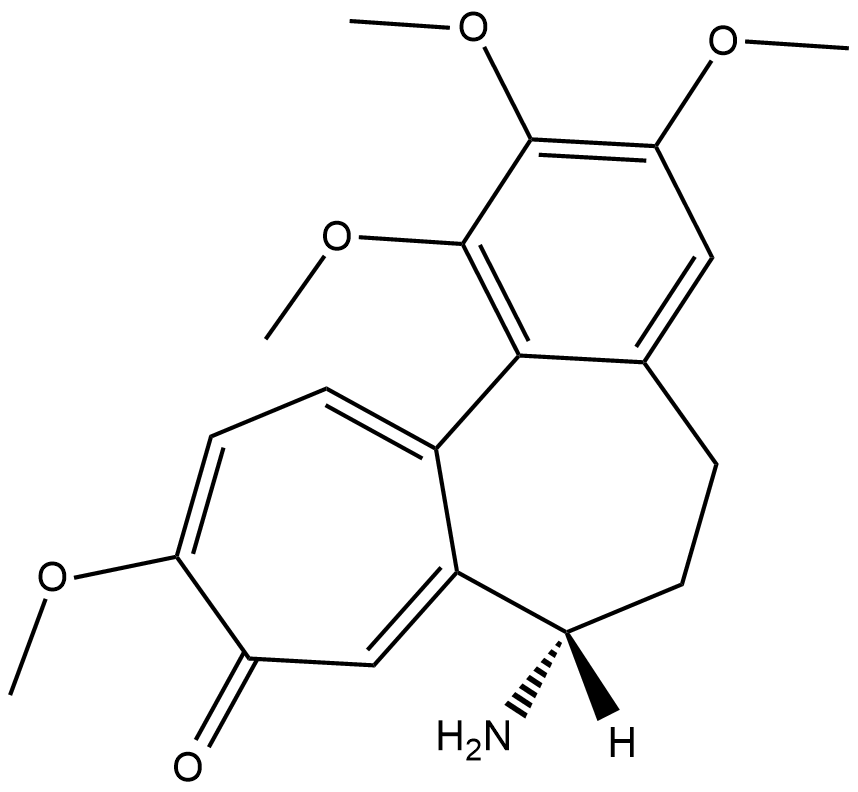
-
GC14075
Nocodazole
A tubulin production inhibitor,anti-neoplastic agent
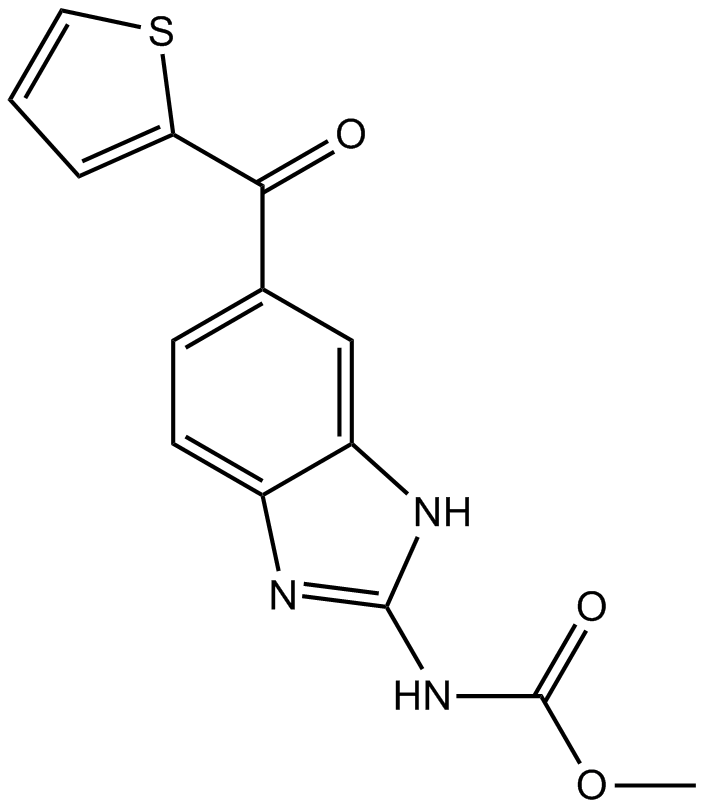
-
GC32551
Ombrabulin (AC-7700)
Ombrabulin (AC-7700) (AVE8062) is a derivative of CA-4 phosphate, which is known to exhibit antivascular effects through selective disruption of the tubulin cytoskeleton of endothelial cells.
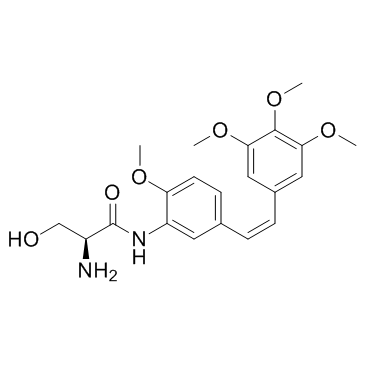
-
GC34022
Ombrabulin hydrochloride (AVE8062)
Ombrabulin hydrochloride (AVE8062) is a derivative of CA-4 phosphate, which is known to exhibit antivascular effects through selective disruption of the tubulin cytoskeleton of endothelial cells.
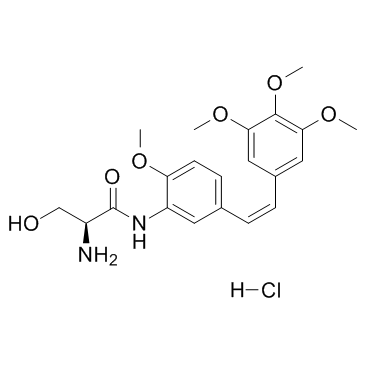
-
GC64626
Oryzalin
Oryzalin is a dinitroaniline herbicide, binding to plant tubulin and inhibits microtubule (MT) polymerization in vitro.
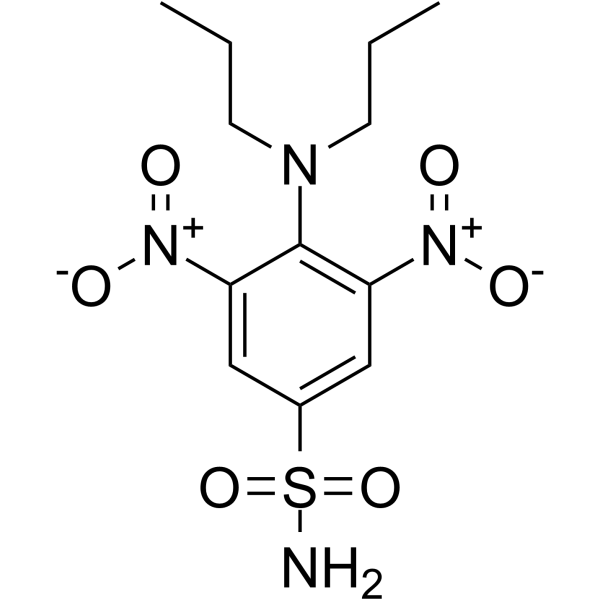
-
GC33163
OSIP-486823 (OSIP 486823)
OSIP-486823 (OSIP 486823) is a novel microtubule-interfering agent with distinct biological effects on both protein kinase G (PKG) and microtubules.

-
GC65897
OXi8007
OXi8007 is a water-soluble phosphate prodrug of OXi8006, a tubulin-binding compound.
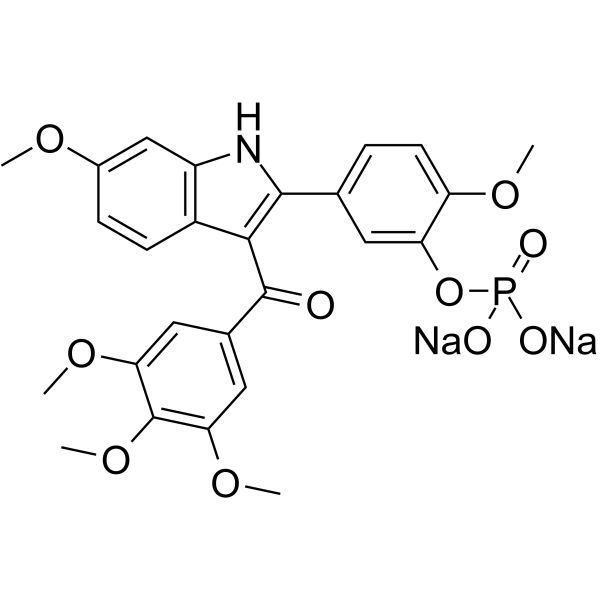
-
GC12511
Paclitaxel (Taxol)
A potent mitotic inhibitor
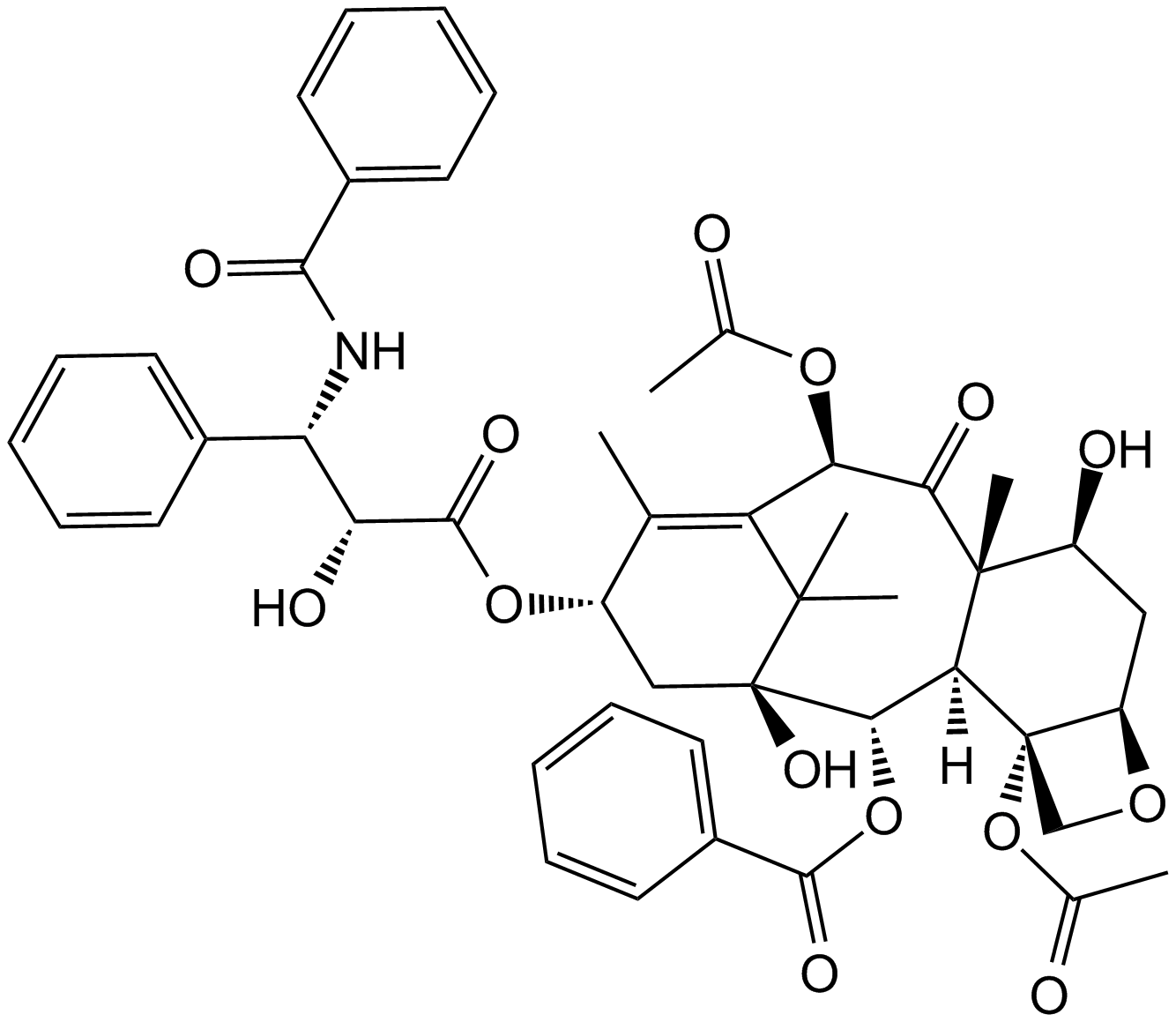
-
GC49404
Paclitaxel C
A taxoid and an inhibitor of microtubule depolymerization

-
GC45758
Paclitaxel octadecanedioate
A prodrug form of paclitaxel

-
GC32134
Parbendazole (SKF 29044)
Parbendazole (SKF 29044) is a potent inhibitor of microtubule assembly, destabilizes tubulin, with an EC50 of 530nM, and exhibits a broad-spectrum anthelmintic activity.
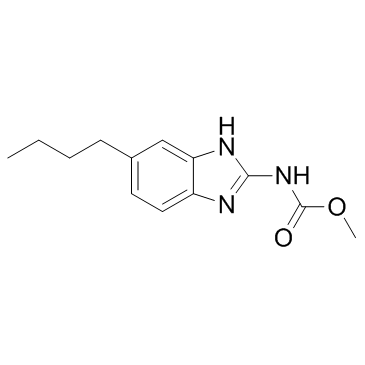
-
GC33002
PBOX 6
PBOX 6 is a pyrrolo-1,5-benzoxazepine (PBOX) compound, acts as a microtubule-depolymerizing agent and an apoptotic agent.
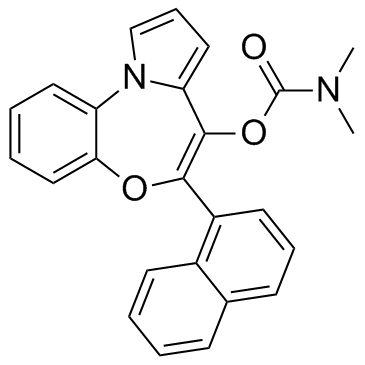
-
GC30801
PE859
PE859 is a potent inhibitor of both tau and Aβ aggregation with IC50 values of 0.66 and 1.2 μM, respectively.
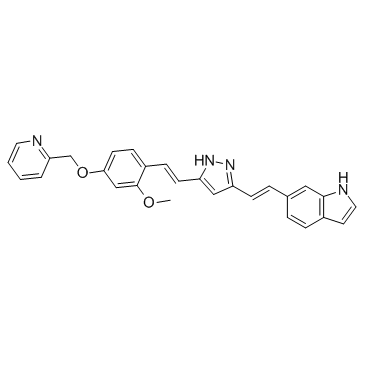
-
GC33136
PF-06380101
PF-06380101 (Aur0101), an auristatin microtubule inhibitor, is a cytotoxic Dolastatin 10 analogue. PF-06380101 (Aur0101) shows excellent potencies in tumor cell proliferation assays and differential ADME properties when compared to other synthetic auristatin analogues that are used in the preparation of ADCs.
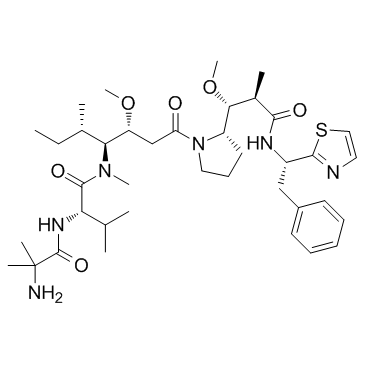
-
GC63740
PF-06380101-d8
PF-06380101 d8 (Aur0101 d8) is a deuterium labeled PF-06380101. PF-06380101, an Auristatin microtubule inhibitor, is a cytotoxic Dolastatin 10 analogue.
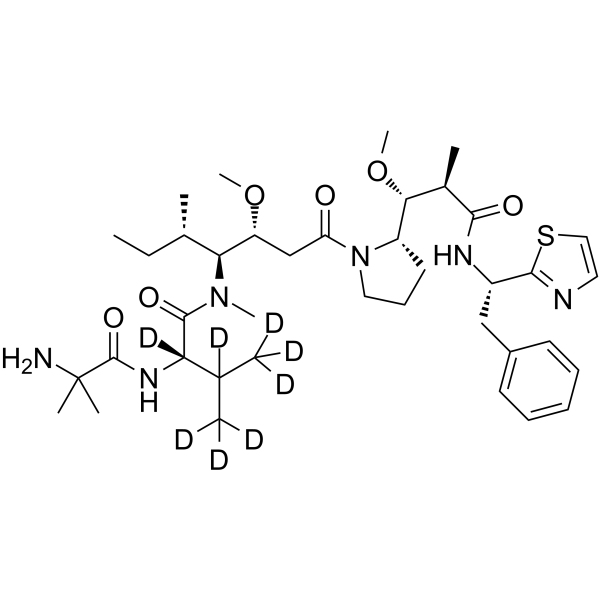
-
GC15514
Phomopsin A
cyclic hexapeptide mycotoxin that binds β-tubulin
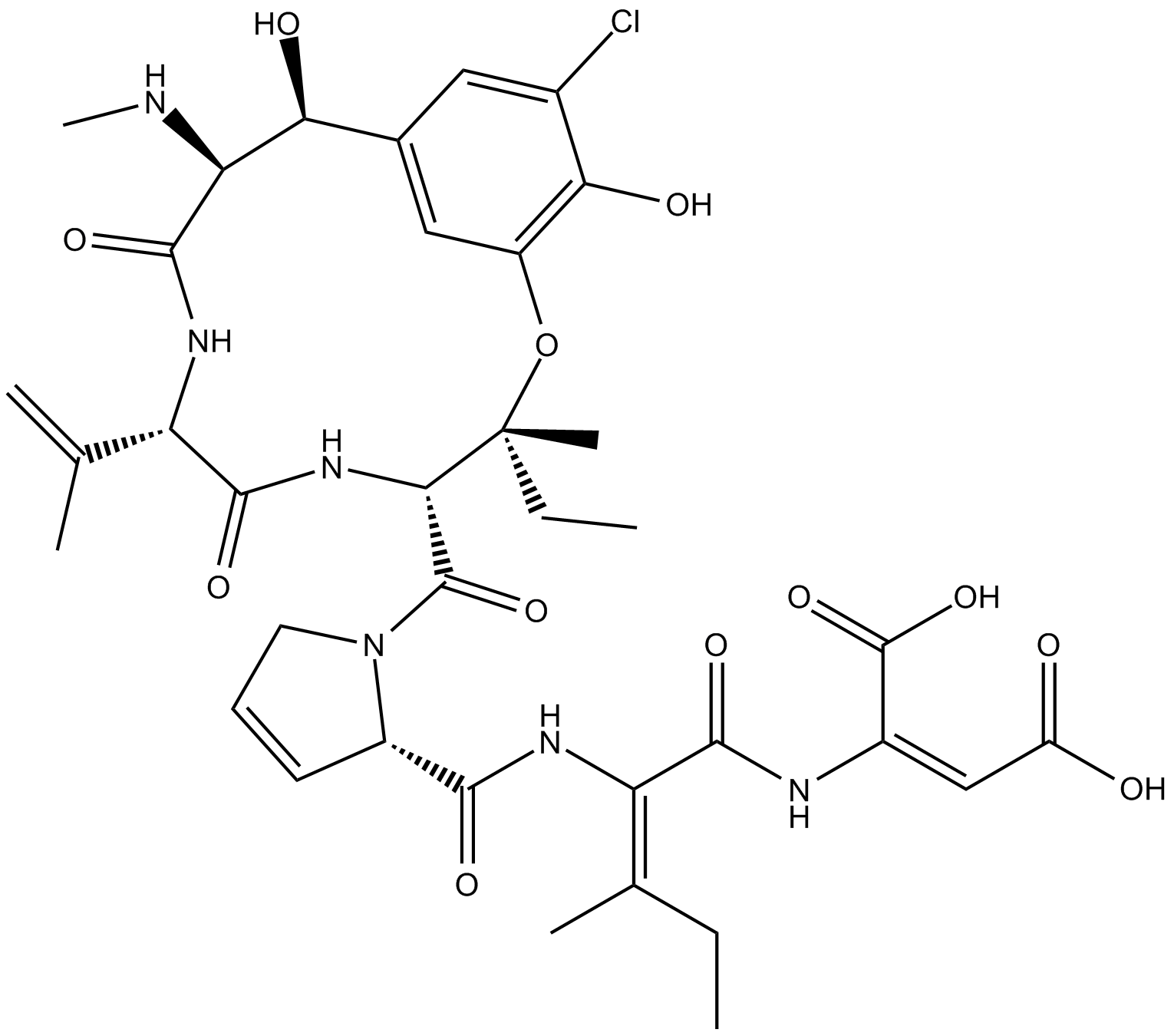
-
GC48394
Phomopsinamine
An inhibitor of microtubule polymerization

-
GC38456
Pironetin
An inhibitor of microtubule assembly
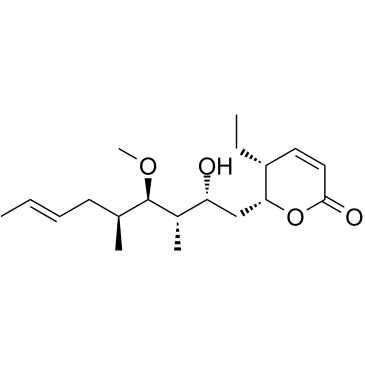
-
GC10235
Plinabulin (NPI-2358)
Plinabulin (NPI-2358) (NPI-2358) is a vascular disrupting agen (VDA) against tubulin-depolymerizing with an IC50 of 9.8 nM against HT-29 cells. Plinabulin (NPI-2358) binds the colchicine binding site of β-tubulin preventing polymerization and has potent inhibitory to tumor cells.
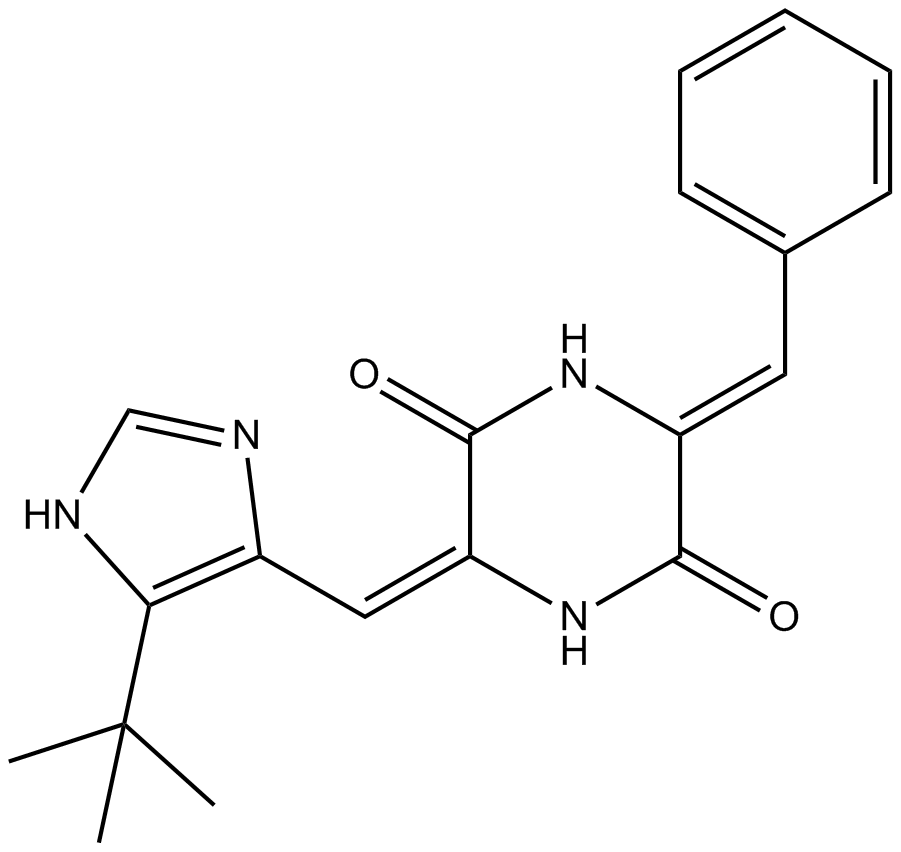
-
GC10521
Podophyllotoxin
A lignan with diverse biological activities
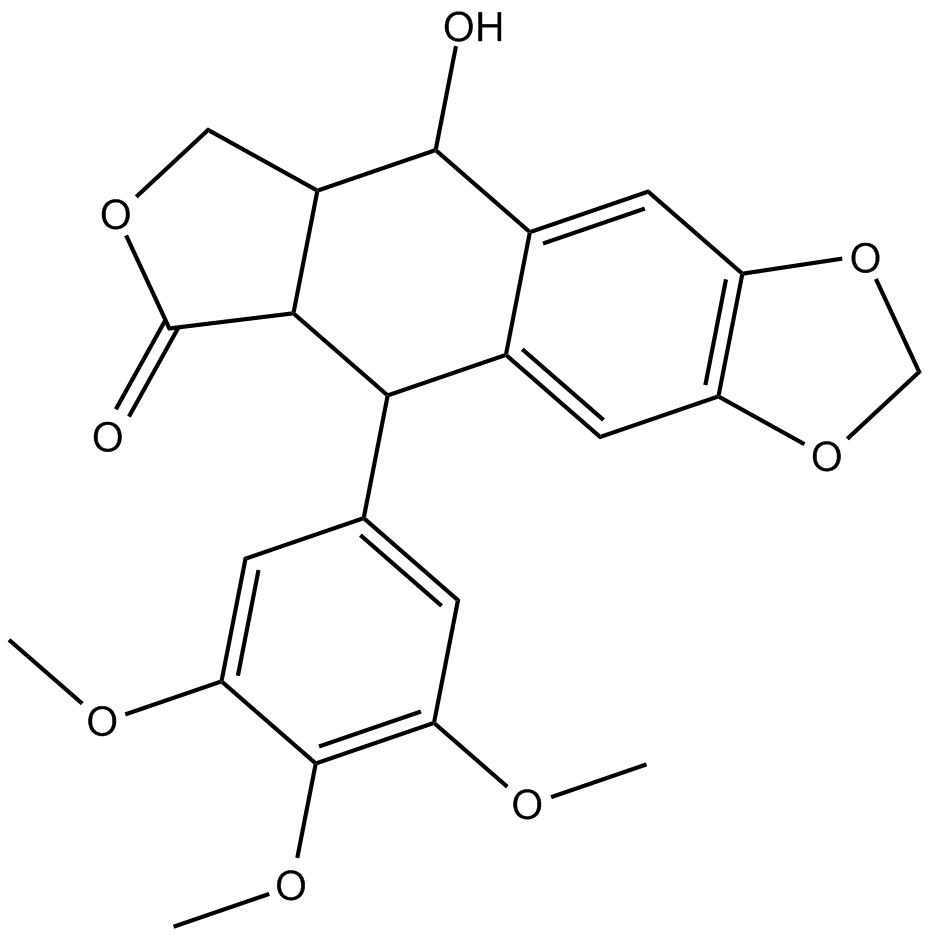
-
GC49077
Podophyllotoxin-d6
An internal standard for the quantification of podophyllotoxin and picropodophyllotoxin

-
GC64705
Podophyllotoxone
Podophyllotoxone is isolated from the roots of Dysosma versipellis and has anti-cancer activities.Podophyllotoxone is able to inhibit the tubulin polymerization.

-
GC33169
Rosabulin (STA 5312)
Rosabulin (STA 5312) (STA 5312) is a potent and orally active microtubule inhibitor that inhibits microtubule assembly. Rosabulin (STA 5312) has broad-spectrum anti-tumor activity.
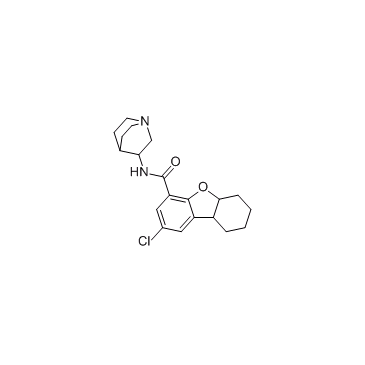
-
GC38945
S516
S516 (Compound 22) is an active metabolite of CKD-516 and a potent tubulin polymerization inhibitor with an IC50 of 4.29 μM. S516 has marked antitumor activity.
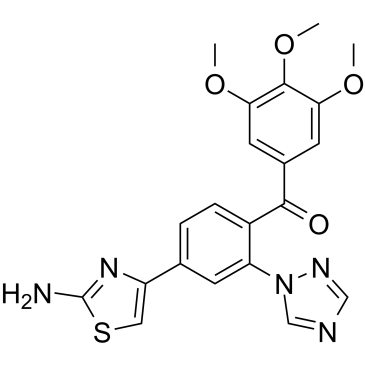
-
GC66437
SB-216
SB-216 is a potent tubulin polymerization inhibitor. SB-216 shows strong antiproliferative potency in a panel of human cancer cell lines, including melanoma, lung cancer, and breast cancer. SB-216 can be used for cancer research.
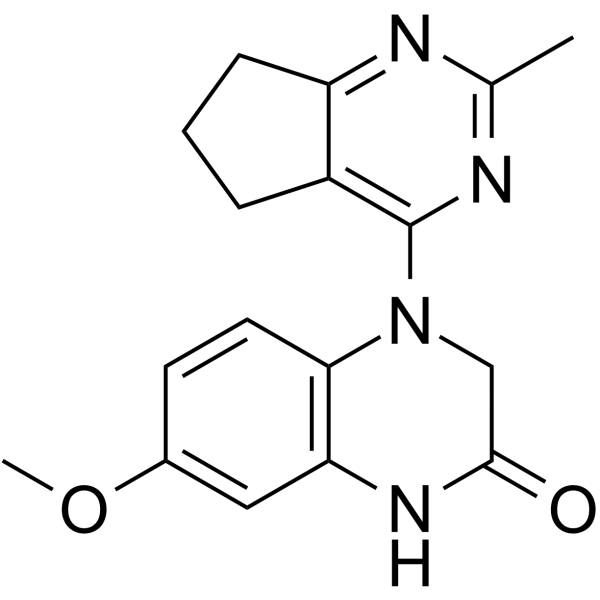
-
GC39798
Scoulerine
Scoulerine ((-)-Scoulerine), an isoquinoline alkaloid, is a potent antimitotic compound. Scoulerine is also an inhibitor of BACE1 (?-site amyloid precursor protein cleaving enzyme 1). Scoulerine inhibits proliferation, arrests cell cycle, and induces apoptosis in cancer cells.
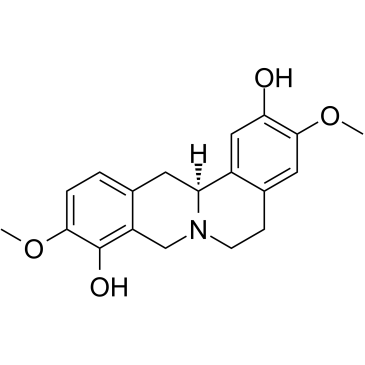
-
GC32935
Soblidotin (Auristatin PE)
Soblidotin (Auristatin PE) (Auristatin PE) is a novel synthetic Dolastatin 10 derivative and inhibitor of tubulin polymerization.
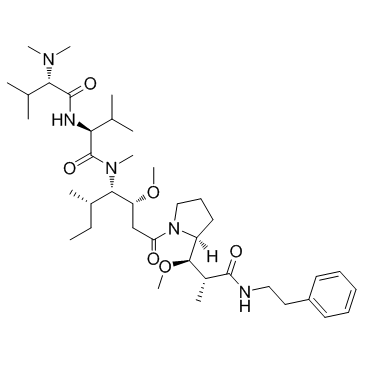
-
GC64019
Sovilnesib
Sovilnesib (AMG 650) is a kinesin-like protein KIF18A inhibitor (WO2020132648). Sovilnesib can be used for the research of cancer.
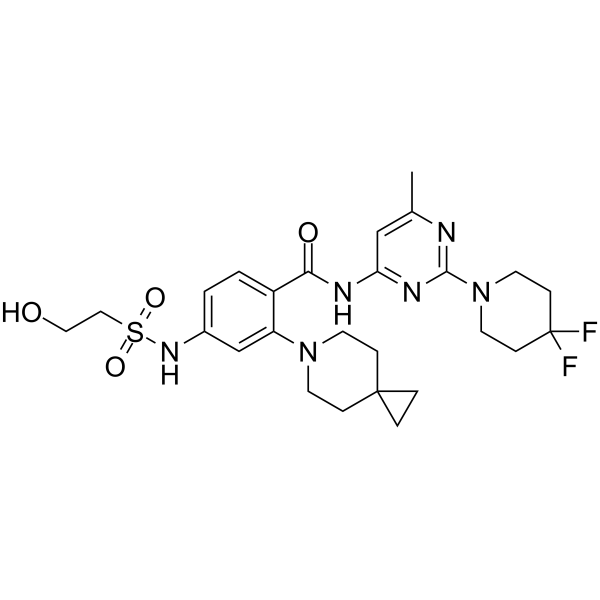
-
GC44946
Sporidesmolide III
Sporidesmolide III is a cyclodepsipeptide originally isolated from P.

-
GC37678
SS28
SS28, a SRT501 analog with oral bioavailability, inhibits tubulin polymerization to cause cell cycle arrest at G2/M phase. SS28 results in apoptosis rather than necrosis tubulin.
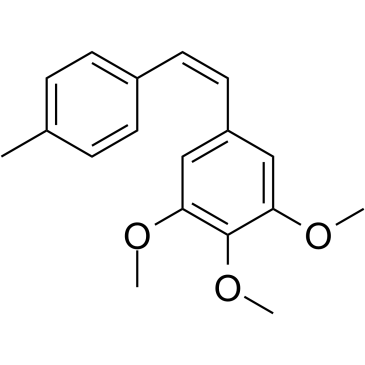
-
GC33074
SSE15206
SSE15206 is a microtubule polymerization inhibitor (GI50 = 197 nM in HCT116 cells) that overcomes multidrug resistance. Causes aberrant mitosis resulting in G2/M arrest due to incomplete spindle formation in cancer cells.
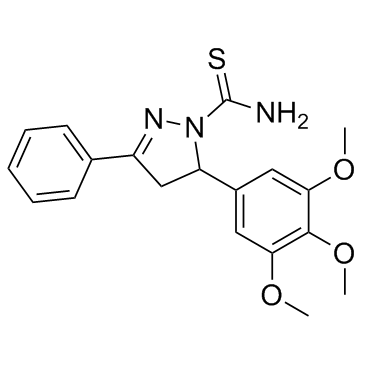
-
GC45688
STX140
An estrogen sulfamate

-
GC48119
Suprafenacine
An inhibitor of tubulin polymerization with anticancer activity

-
GA23633
T-Peptide
Highly neurotoxic cell-permeable analog of PHF6. Induces aggregation of Tau peptides.

-
GC37715
Taccalonolide A
Taccalonolide A is a microtubule stabilizer, which is a steroid isolated from Tacca chantrieri, with cytotoxic and antimalarial activities. Taccalonolide A causes G2-M accumulation, Bcl-2 phosphorylation and initiation of apoptosis. Taccalonolide A is effective in vitro against cell lines that overexpress P-glycoprotein (Pgp) and multidrug resistance protein 7 (MRP7), with an IC50 of 622 nM for SK-OV-3 cells.
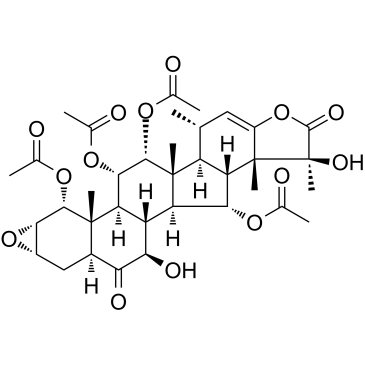
-
GC37716
Taccalonolide AJ
Taccalonolide AJ is a semi-synthesis compound with cellular microtubule stabilizing activity. Taccalonolide AJ exhibits high potency antiproliferative activity against cancer cells, with an IC50 of 4.2 nM for HeLa cells.
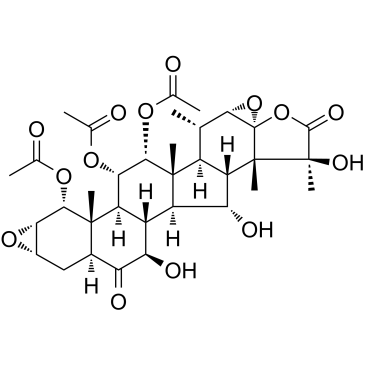
-
GC37717
Taccalonolide B
Taccalonolide B is microtubule stabilizer isolated from Tacca plantaginea, with antitumor activity. Taccalonolide B is effective in vitro against cell lines that overexpress P-glycoprotein (Pgp) and multidrug-resistance protein (MRP7). Taccalonolide B inhibits growth of SK-OV-3 cells with an IC50 of 208 nM.
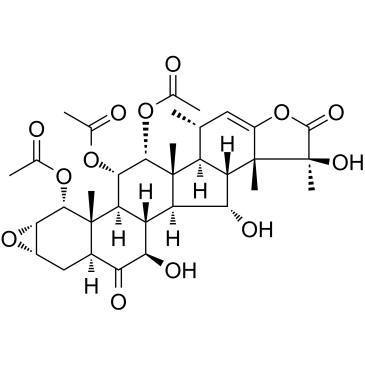
-
GC17559
TAI-1
Hec1 inhibitor, potent, first-in-class
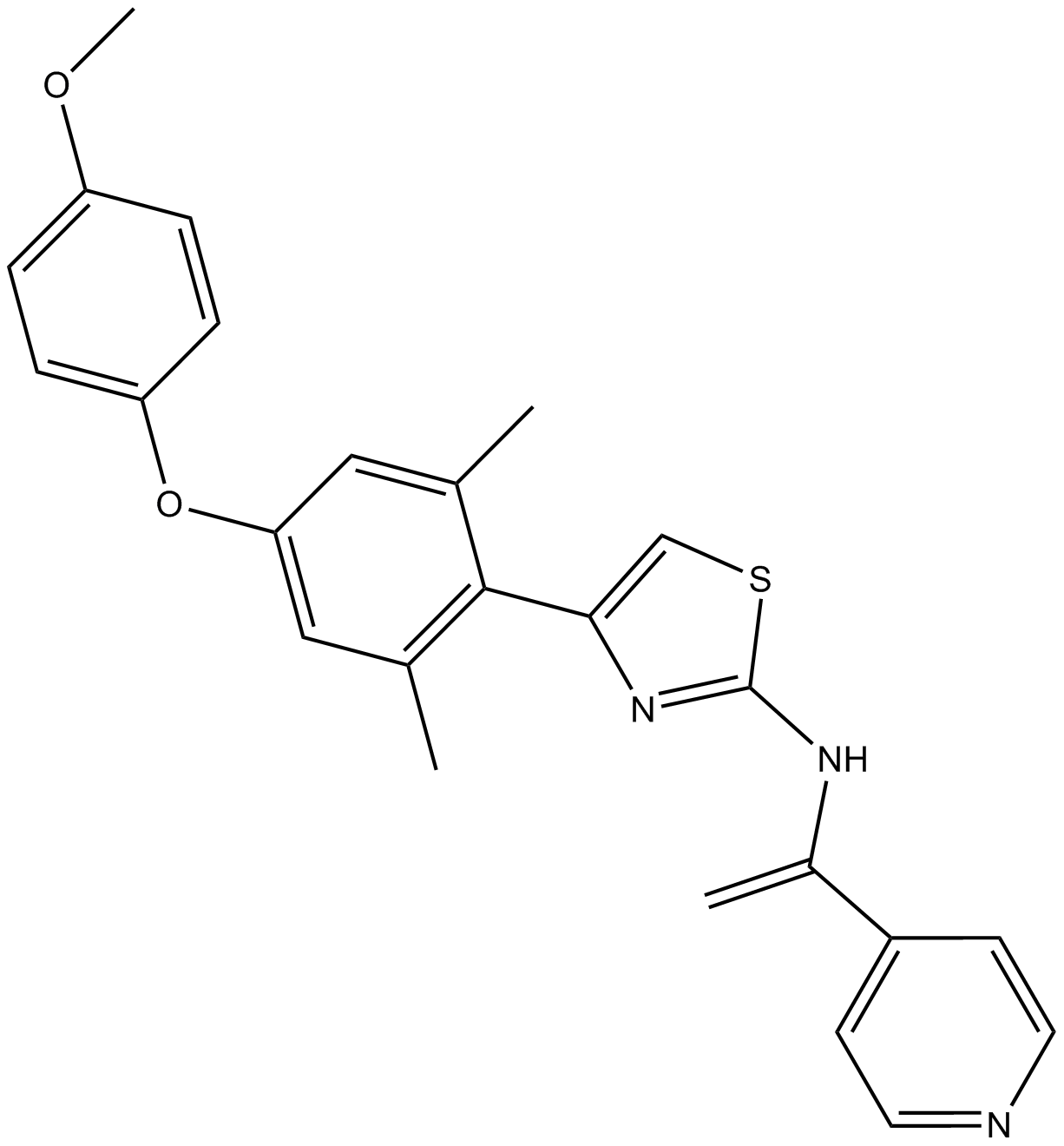
-
GC32753
Taltobulin (HTI-286)
Taltobulin (HTI-286) (HTI-286), a synthetic analogue of the tripeptide hemiasterlin, is a potent antimicrotubule agent that circumvents P-glycoprotein-mediated resistance in vitro and in vivo. Taltobulin (HTI-286) inhibits the polymerization of purified tubulin, disrupts microtubule organization in cells, and induces mitotic arrest, as well as apoptosis.
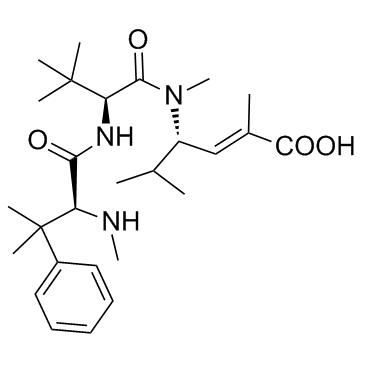
-
GC61314
Taltobulin hydrochloride
Taltobulin hydrochloride (HTI-286 hydrochloride), a synthetic analogue of the tripeptide hemiasterlin, is a potent antimicrotubule agent that circumvents P-glycoprotein-mediated resistance in vitro and in vivo. Taltobulin hydrochloride inhibits the polymerization of purified tubulin, disrupts microtubule organization in cells, and induces mitotic arrest, as well as apoptosis.
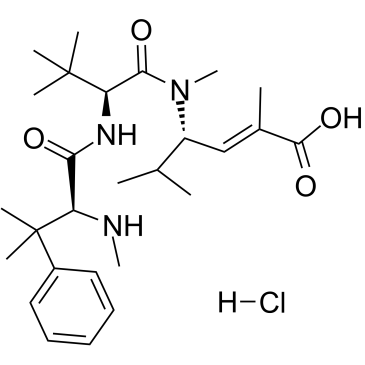
-
GC34303
Taltobulin hydrochloride (HTI-286 hydrochloride)
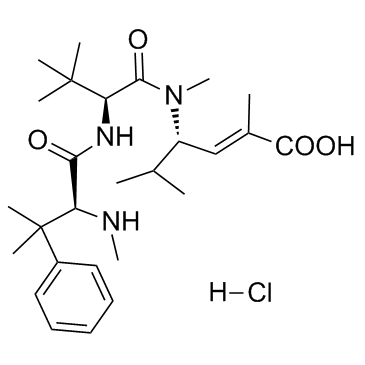
-
GC34135
Taltobulin trifluoroacetate (HTI-286 trifluoroacetate)
Taltobulin trifluoroacetate (HTI-286 trifluoroacetate) (HTI-286 trifluoroacetate), a synthetic analogue of the tripeptide hemiasterlin, is a potent antimicrotubule agent that circumvents P-glycoprotein-mediated resistance in vitro and in vivo. Taltobulin trifluoroacetate (HTI-286 trifluoroacetate) inhibits the polymerization of purified tubulin, disrupts microtubule organization in cells, and induces mitotic arrest, as well as apoptosis.
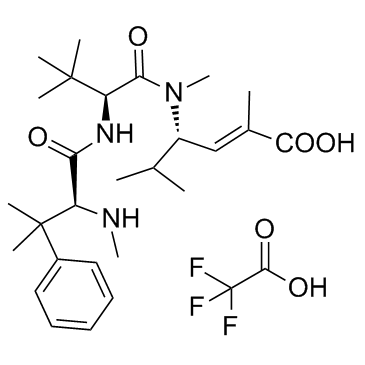
-
GC33178
Tasidotin hydrochloride (ILX651)
Tasidotin hydrochloride (ILX651) is a peptide analog of the antimitotic depsipeptide dolastatin 15, as an inhibitor of microtubule assembly and microtubule dynamics.
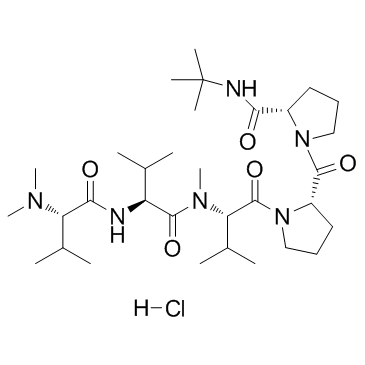
-
GC63211
Tau tracer 2
Tau tracer 2 (Pl-2620) is a Tau tracer used for imaging Tau protein aggregates.
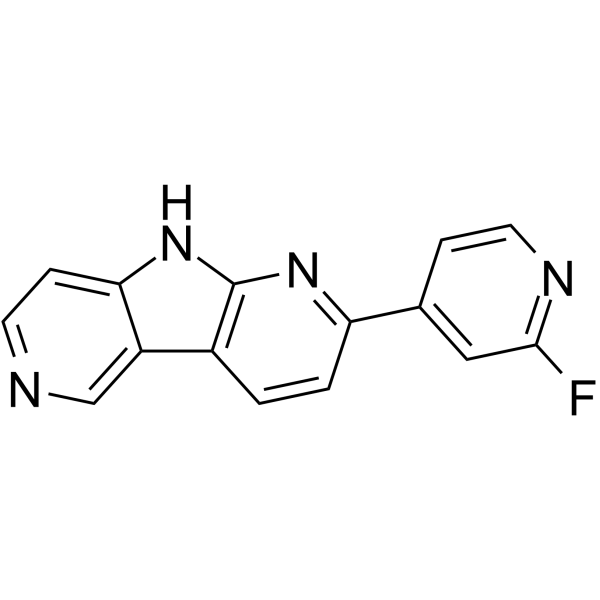
-
GC45022
Tetranactin
Tetranactin is a macrotetrolide and a monovalent cation ionophore that has been found in S.

-
GC45039
Thiocolchicine
Thiocolchicine is an inhibitor of microtubule assembly (IC50 = 2.5 μM) and a derivative of colchicine.

-
GC68366
Thiocolchicine-d3
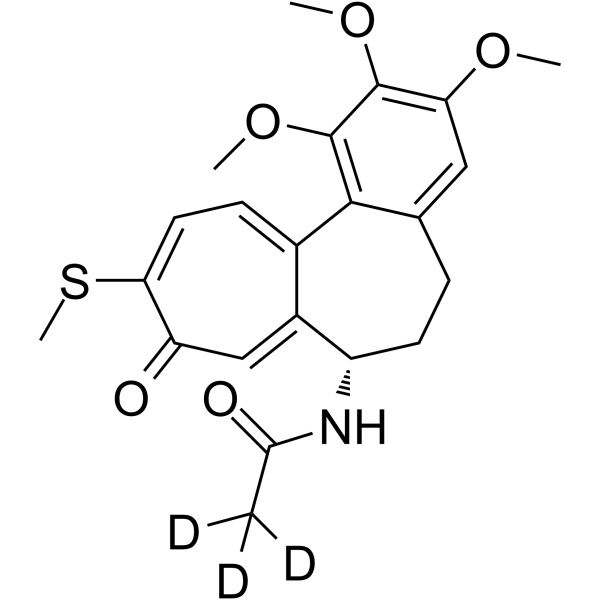
-
GC32448
Thymosin beta 4 (Thymosin β4)
Thymosin β4 is a major actin sequestering protein in cells and can interact with G-actin.
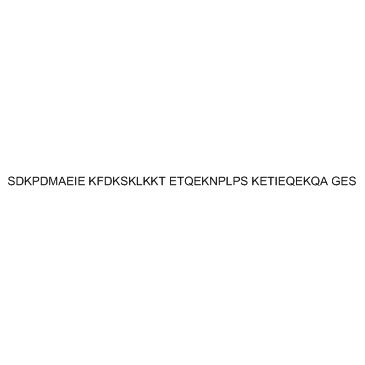
-
GC34109
Tirbanibulin Mesylate (KX2-391 (Mesylate))
Tirbanibulin Mesylate (KX2-391 (Mesylate)) (KX2-391 Mesylate) is an inhibitor of Src that targets the peptide substrate site of Src, with GI50 of 9-60 nM in cancer cell lines.
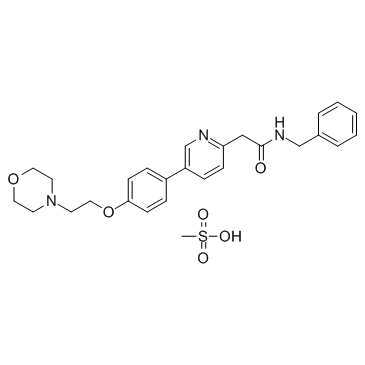
-
GC18763
TN-16
TN-16 is an inhibitor of microtubule polymerization (IC50 = 0.4-1.7 uM).
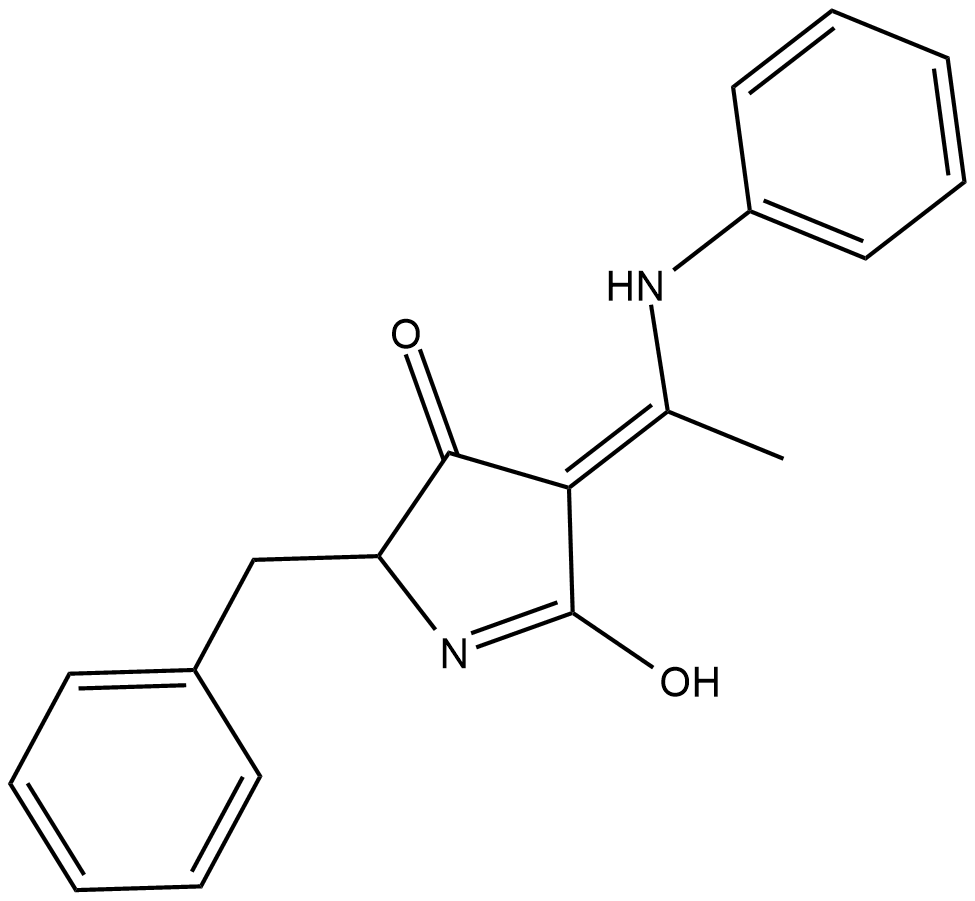
-
GC10537
Triclabendazole
Microtubule associated inhibitor
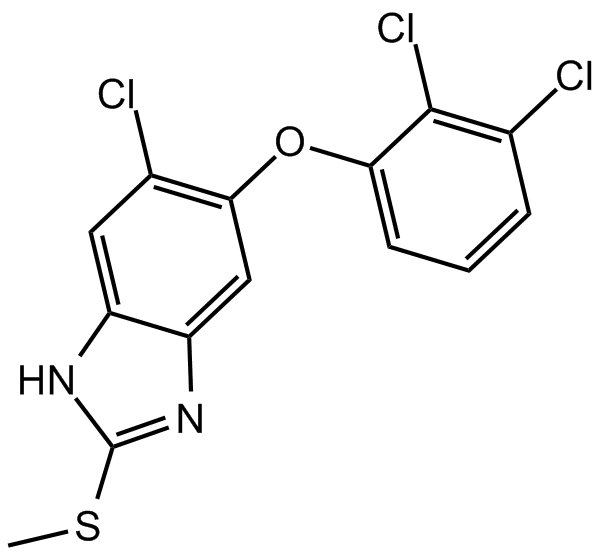
-
GC33291
Tubulin inhibitor 1
Tubulin inhibitor 1 is a tubulin inhibitor, inhibits tubulin polymerization. Tubulin inhibitor 1 shows potent anti-tumor activity, casues cellular mitotic arrest in the G2/M phase, and induces cellular apoptosis.
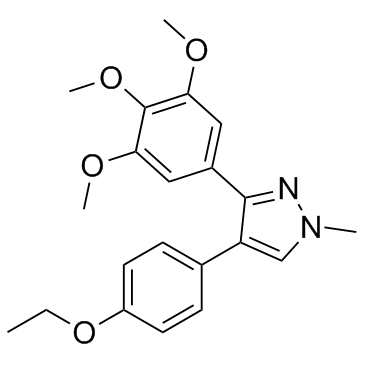
-
GC70076
Tubulin inhibitor 11
Tubulin inhibitor 11 is an effective orally active inhibitor of microtubules, which targets the colchicine binding site on tubulin. It inhibits microtubule polymerization, promotes mitotic arrest and induces apoptosis in cells.

-
GC39558
Tubulin inhibitor 6
An inhibitor of tubulin polymerization and a PP2A activator
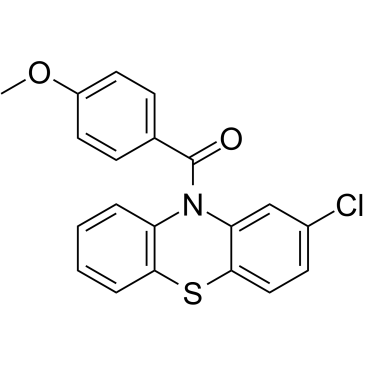
-
GC37835
Tubulysin
Tubulysin family of secondary metabolites are originally isolated from the myxobacteria Archangium geophyra and Angiococcus disciformis. These compounds are potent microtubule destabilizing agents with IC50 values in the picomolar range against many cancer cell lines, including those with multidrug resistant properties. Tubulysins have limited therapeutic utility due to severe toxicity, so Tubulysins are ideal candidates to be incorporated into molecule drug conjugate (SMDC) delivery system.
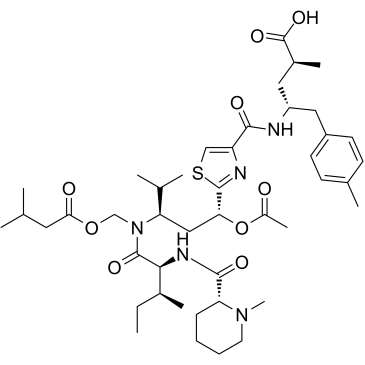
-
GC33155
Tubulysin A (TubA)
Tubulysin A (TubA)(TubA) is a myxobacterial product that can function as an antiangiogenic agent in many in vitro assays; anti-microtubule, anti-mitotic, an apoptosis inducer, anticancer, anti-angiogenic, and antiproliferative.
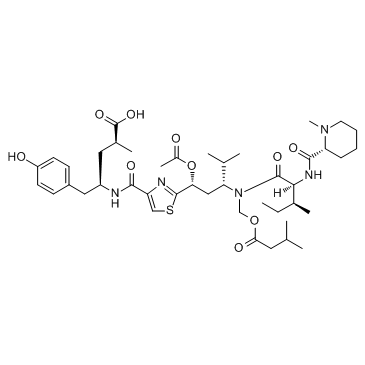
-
GC37836
Tubulysin B
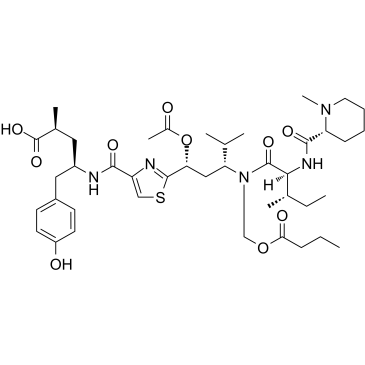
-
GC37837
Tubulysin C
Tubulysin C is a highly cytotoxic peptide isolated from the myxobacterial species Archangium geophyra and Angiococcus disciformis. Tubulysin displays extremely potent cytotoxic activity in mammalian cells, including multidrug-resistant cell lines, with IC50 values in the lower nanomolar range. Tubulysin C is a cytotoxic activity tubulysin which inhibits tubulin polymerization and leads to cell cycle arrest and apoptosis.
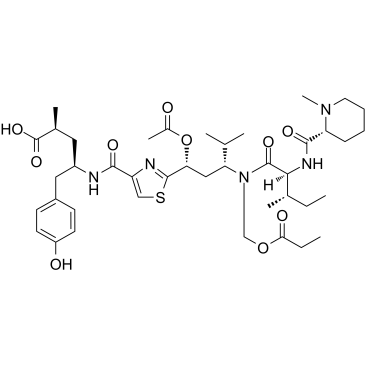
-
GC37838
Tubulysin D
Tubulysin D is one of the most potent derivatives among the tubulysins isolated from the myxobacterial species Archangium geophyra and Angiococcus disciformis. Tubulysin D is a novel tetrapeptide that displays potent antitumor activity and leads to cell cycle arrest and apoptosis by inhibiting tubulin polymerization with an IC50 of 1.7 μM. Tubulysin displays extremely potent cytotoxic activity in mammalian cells, including multidrug-resistant cell lines, with IC50 values in the lower nanomolar range.
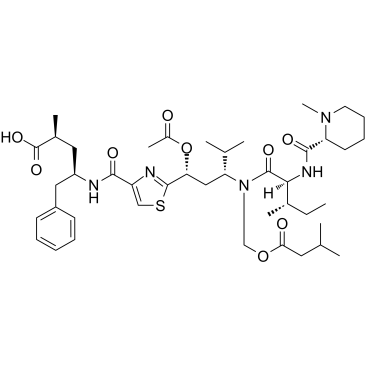
-
GC37839
Tubulysin E
Tubulysin E is a highly cytotoxic peptide isolated from the myxobacterial species Archangium geophyra and Angiococcus disciformis. Tubulysin displays extremely potent cytotoxic activity in mammalian cells, including multidrug-resistant cell lines, with IC50 values in the lower nanomolar range. Tubulysin E is a cytotoxic activity tubulysin which inhibits tubulin polymerization and leads to cell cycle arrest and apoptosis.
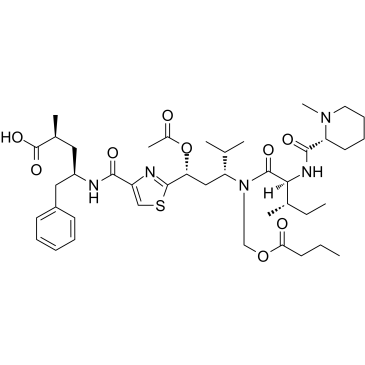
-
GC37840
Tubulysin F
Tubulysin F is a highly cytotoxic peptide isolated from the myxobacterial species Archangium geophyra and Angiococcus disciformis. Tubulysin displays extremely potent cytotoxic activity in mammalian cells, including multidrug-resistant cell lines, with IC50 values in the lower nanomolar range. Tubulysin F is a cytotoxic activity tubulysin which inhibits tubulin polymerization and leads to cell cycle arrest and apoptosis.
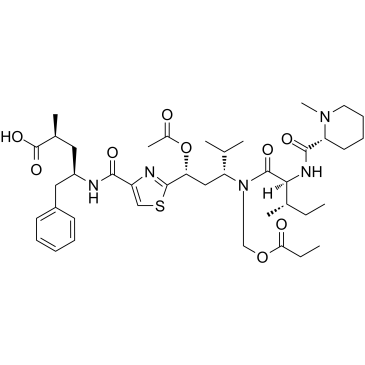
-
GC37841
Tubulysin G
Tubulysin G is a highly cytotoxic peptide isolated from the myxobacterial species Archangium geophyra and Angiococcus disciformis. Tubulysin displays extremely potent cytotoxic activity in mammalian cells, including multidrug-resistant cell lines, with IC50 values in the lower nanomolar range. Tubulysin G is a cytotoxic activity tubulysin which inhibits tubulin polymerization and leads to cell cycle arrest and apoptosis.
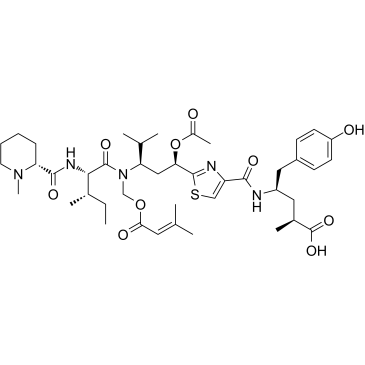
-
GC37842
Tubulysin H
Tubulysin H is a highly cytotoxic peptide isolated from the myxobacterial species Archangium geophyra and Angiococcus disciformis. Tubulysin displays extremely potent cytotoxic activity in mammalian cells, including multidrug-resistant cell lines, with IC50 values in the lower nanomolar range. Tubulysin H is a cytotoxic activity tubulysin which inhibits tubulin polymerization and leads to cell cycle arrest and apoptosis.
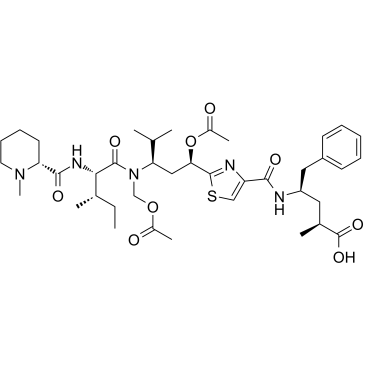
-
GC37843
Tubulysin I
Tubulysin I is a highly cytotoxic peptide isolated from the myxobacterial species Archangium geophyra and Angiococcus disciformis. Tubulysin displays extremely potent cytotoxic activity in mammalian cells, including multidrug-resistant cell lines, with IC50 values in the lower nanomolar range. Tubulysin I is a cytotoxic activity tubulysin which inhibits tubulin polymerization and leads to cell cycle arrest and apoptosis.
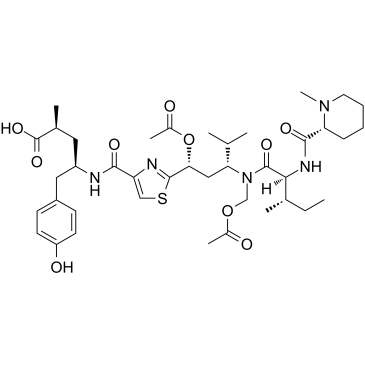
-
GC37844
Tubulysin M
Tubulysin M is a highly cytotoxic peptide isolated from the myxobacterial species Archangium geophyra and Angiococcus disciformis. Tubulysin displays extremely potent cytotoxic activity in mammalian cells, including multidrug-resistant cell lines, with IC50 values in the lower nanomolar range. Tubulysin M is a cytotoxic activity tubulysin which inhibits tubulin polymerization and leads to cell cycle arrest and apoptosis.
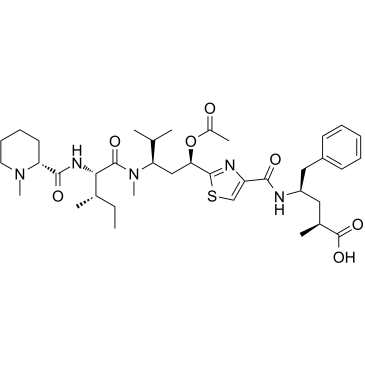
-
GC50056
UA 62784
Inhibits microtubule polymerization
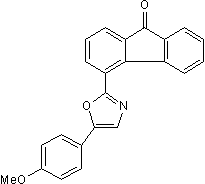
-
GC33269
Valecobulin (CKD-516)
Valecobulin (CKD-516) (CKD516) is a valine prodrug of (S516) and a vascular disrupting agent (VDA). Valecobulin (CKD-516) is a potent β-tubulin polymerization inhibitor with marked antitumor activity against murine and human solid tumors.
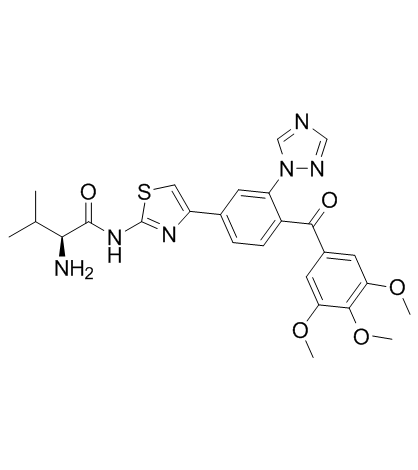
-
GC39177
Valecobulin hydrochloride
Valecobulin hydrochloride (CKD-516 hydrochloride) is a valine prodrug of S516 and a vascular disrupting agent (VDA). Valecobulin hydrochloride is a potent β-tubulin polymerization inhibitor with marked antitumor activity against murine and human solid tumors.
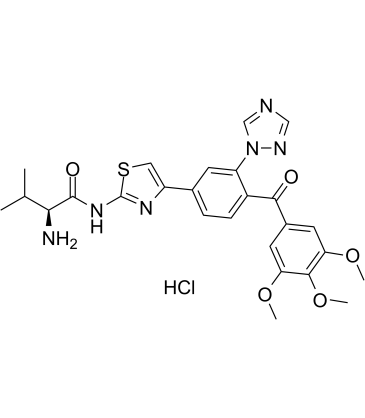
-
GC38480
Vat-Cit-PAB-Monomethyl Dolastatin 10
Vat-Cit-PAB-Monomethyl Dolastatin 10 is a drug-linker conjugate for ADC with potent antitumor activity by using Monomethyl Dolastatin 10 (a potent tubulin inhibitor), linked via the ADC linker Vat-Cit-PAB.
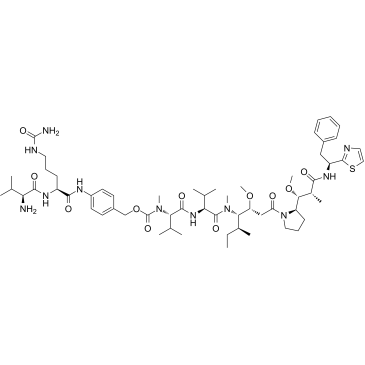
-
GC37890
Vc-MMAD
Vc-MMAD consists the ADCs linker (Val-Cit) and potent tubulin inhibitor (MMAD). Vc-MMAD is a drug-linker conjugate for ADC.
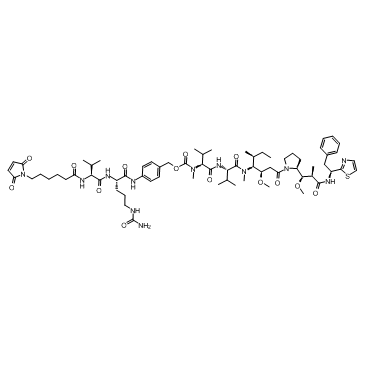
-
GC37891
VcMMAE
VcMMAE (mc-vc-PAB-MMAE) is a drug-linker conjugate for ADC with potent antitumor activity by using the anti-mitotic agent, monomethyl auristatin E (MMAE, a tubulin inhibitor), linked via the lysosomally cleavable dipeptide, valine-citrulline (vc).
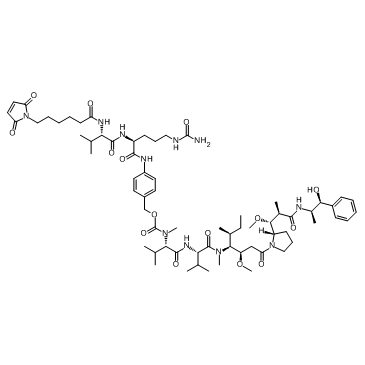
-
GC37899
VERU-111
VERU-111 (ABI-231) is a potent and orally active α and β tubulin inhibitor, which displays strong antiproliferative activity, with an average IC50 of 5.2 nM against panels of melanoma and prostate cancer cell lines. VERU-111 (ABI-231) suppresses tumor growth and metastatic phenotypes of cervical cancer cells via targeting HPV E6 and E7, and has potential for the treatment of prostate cancer.
